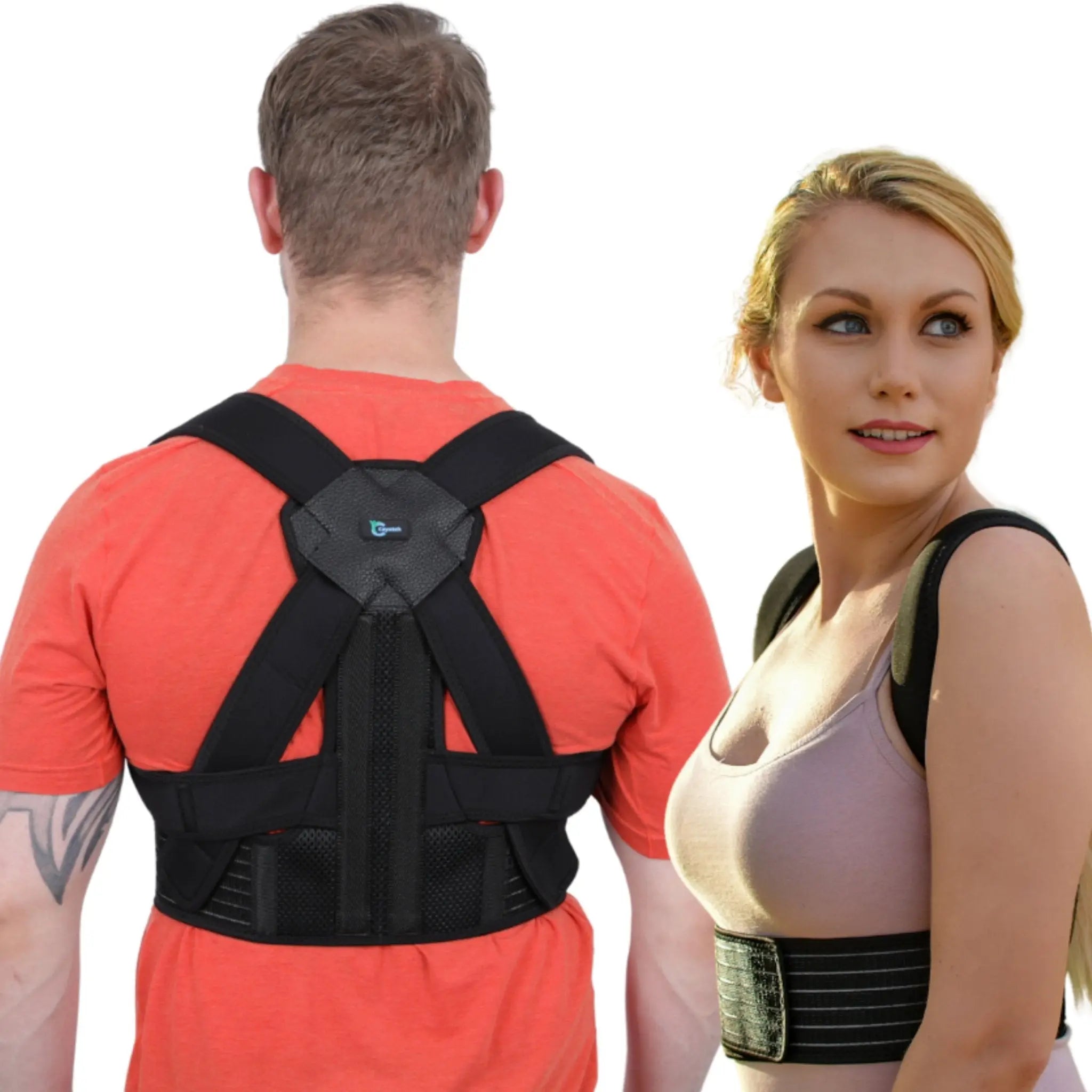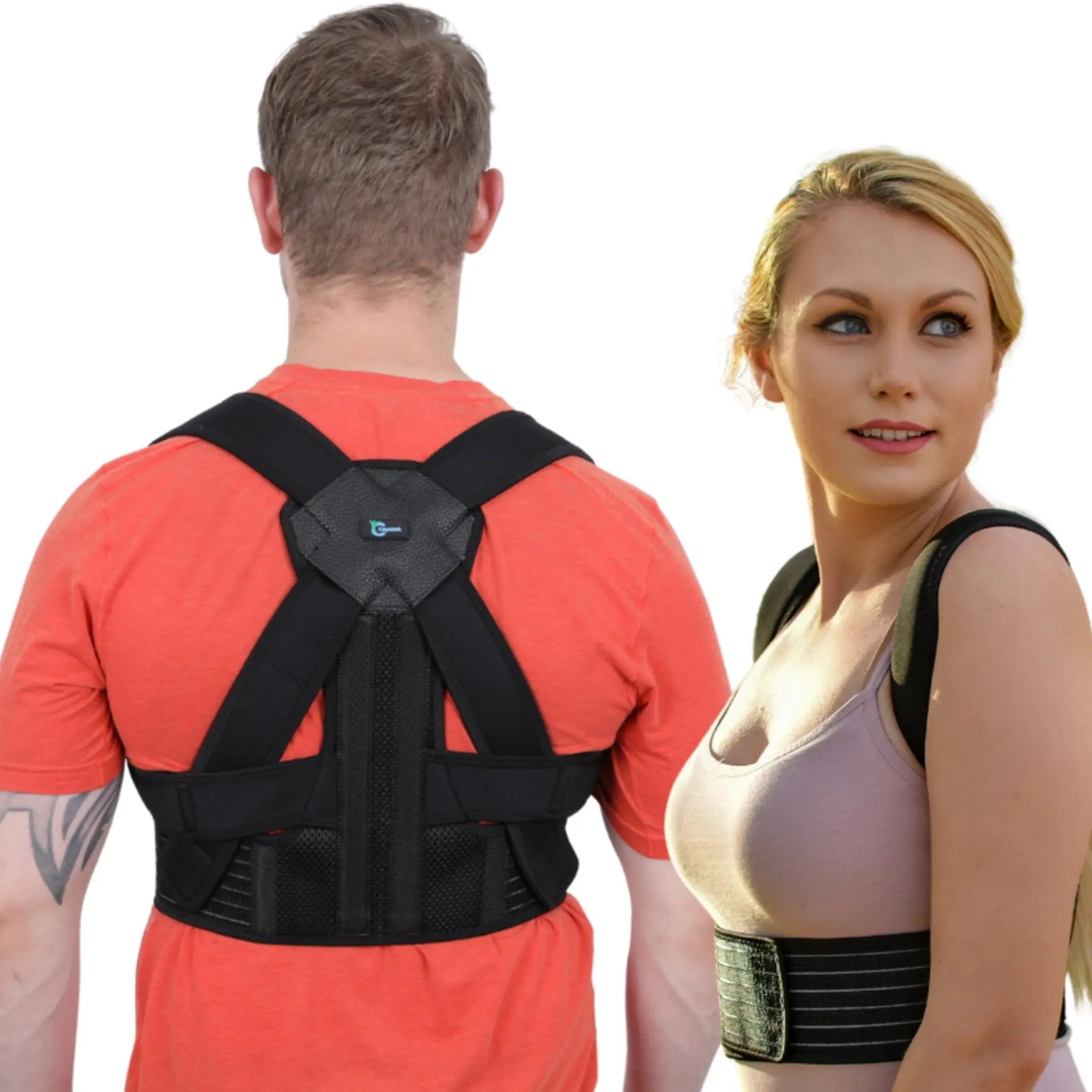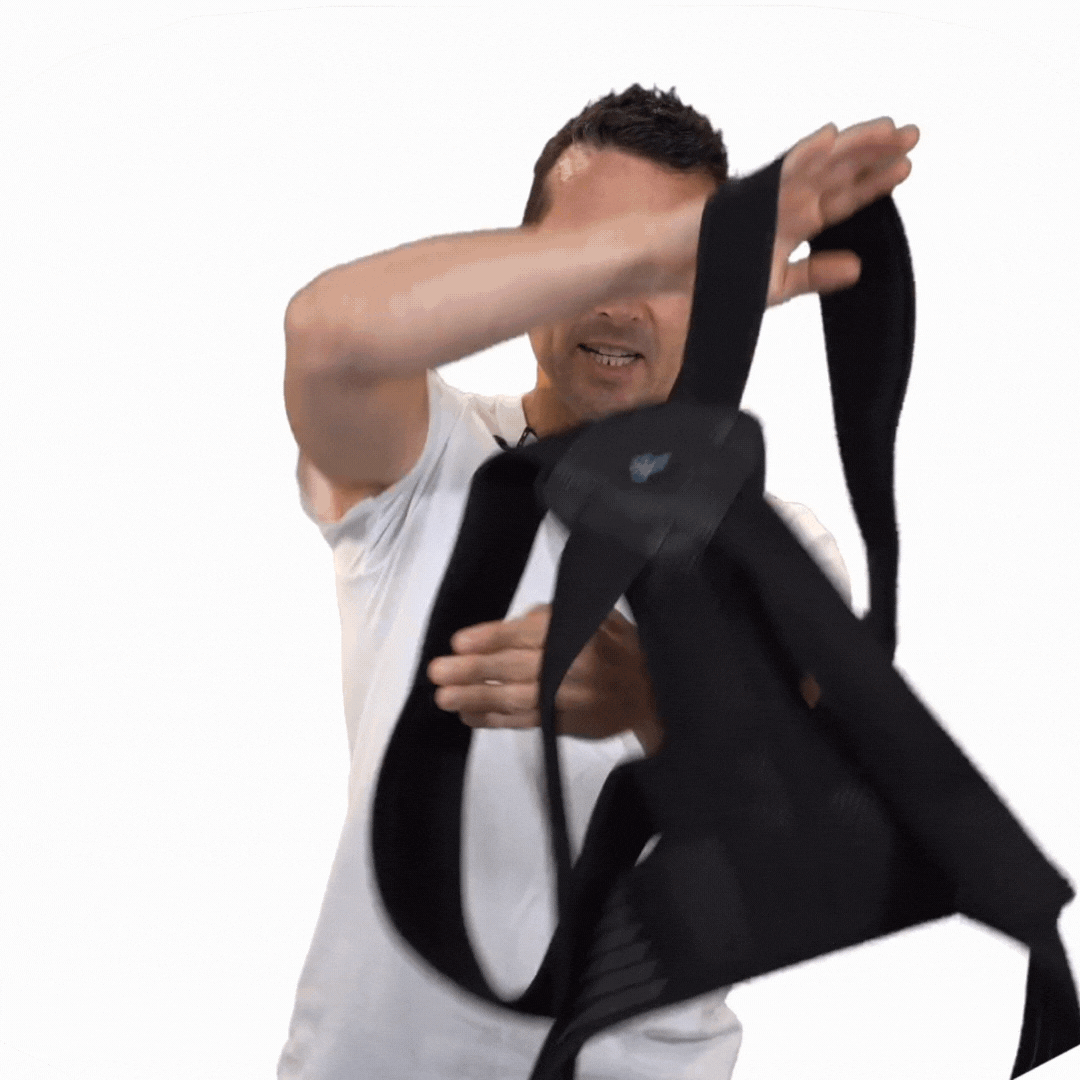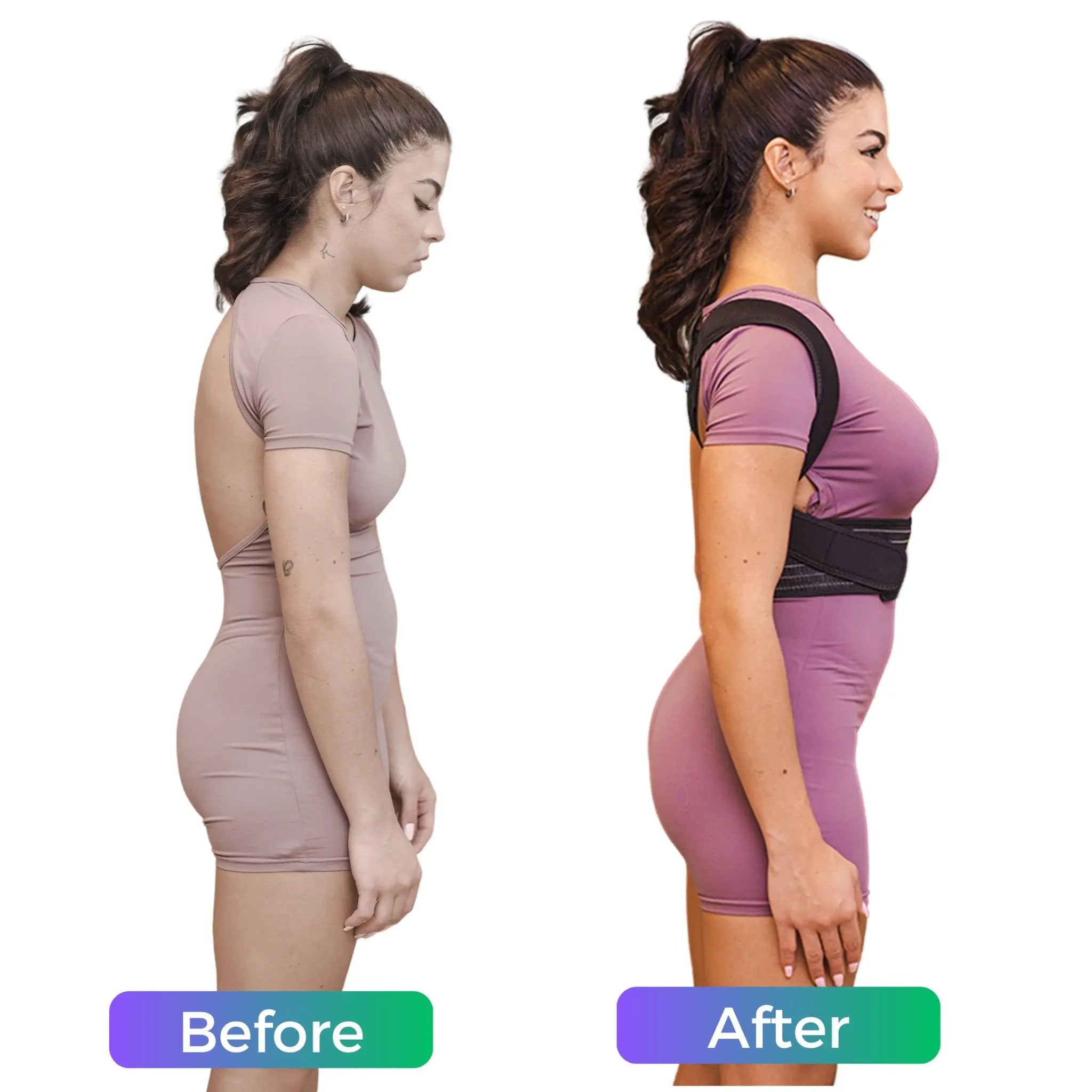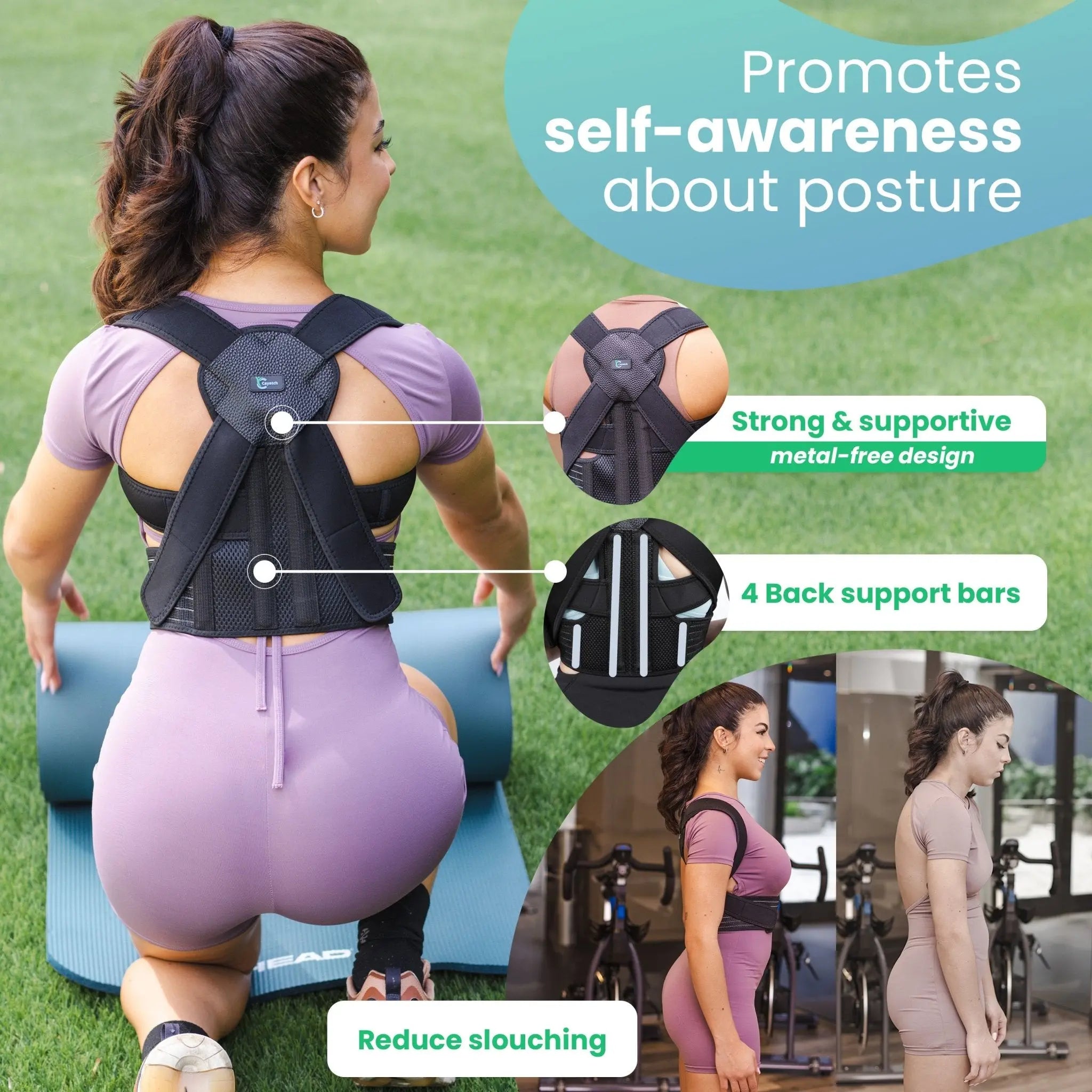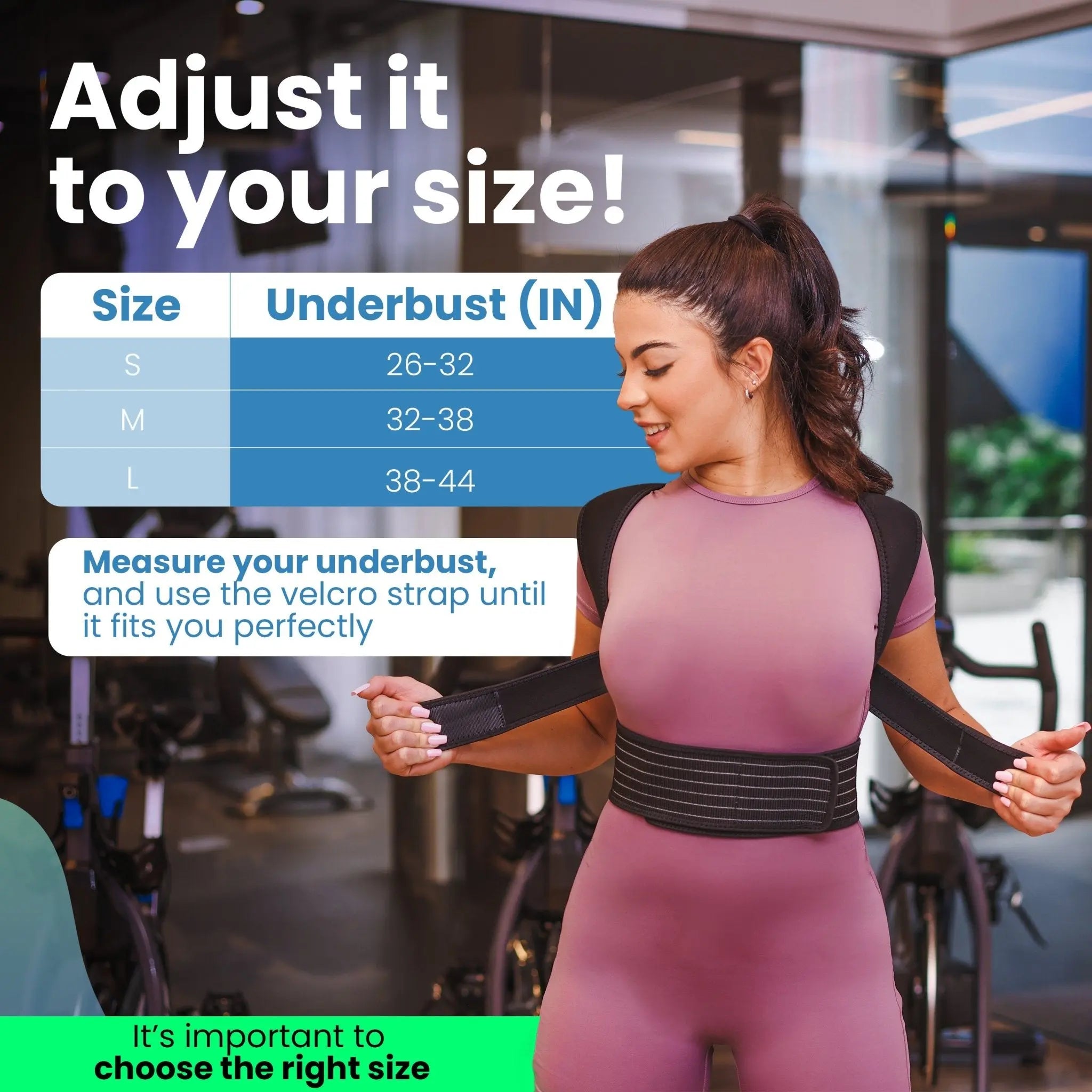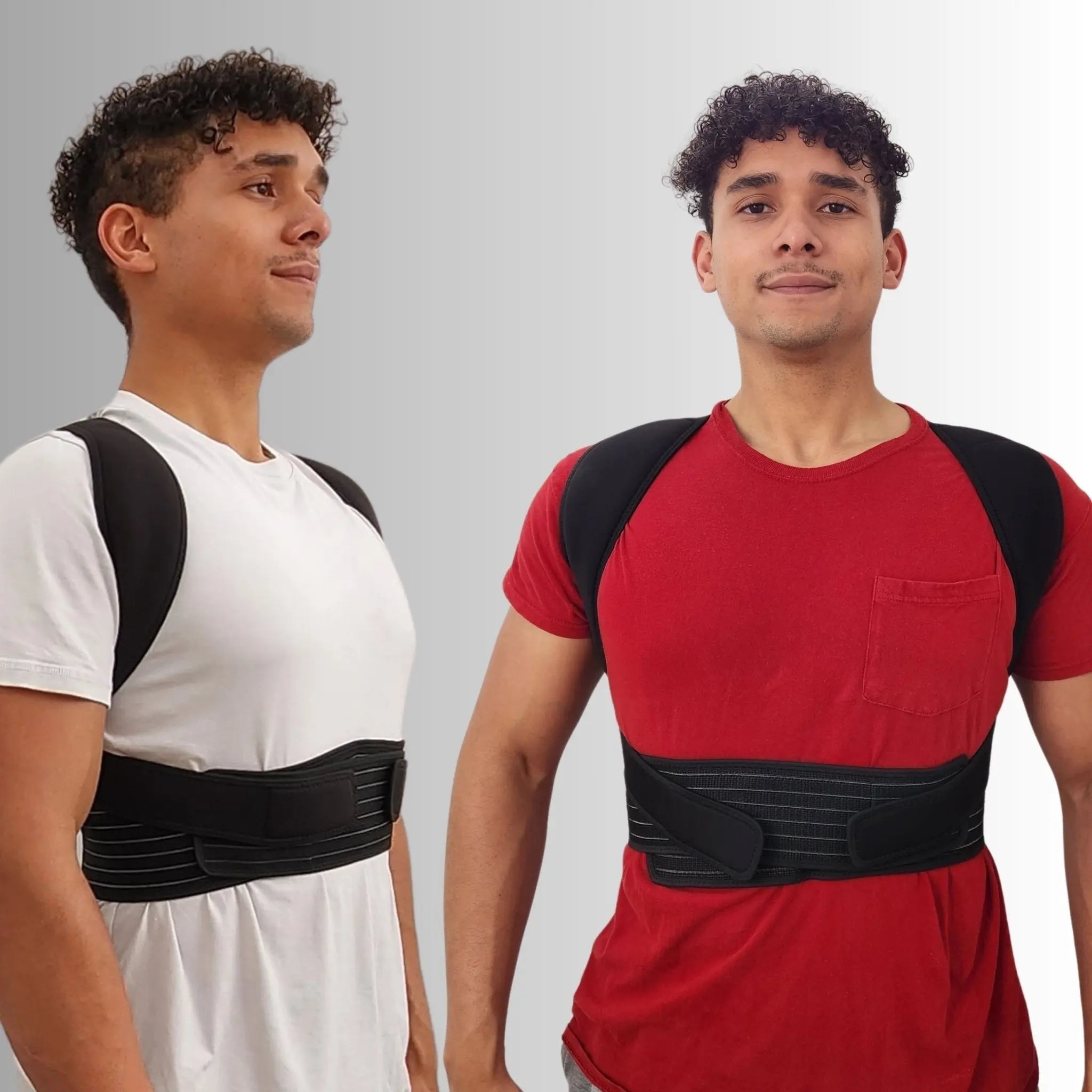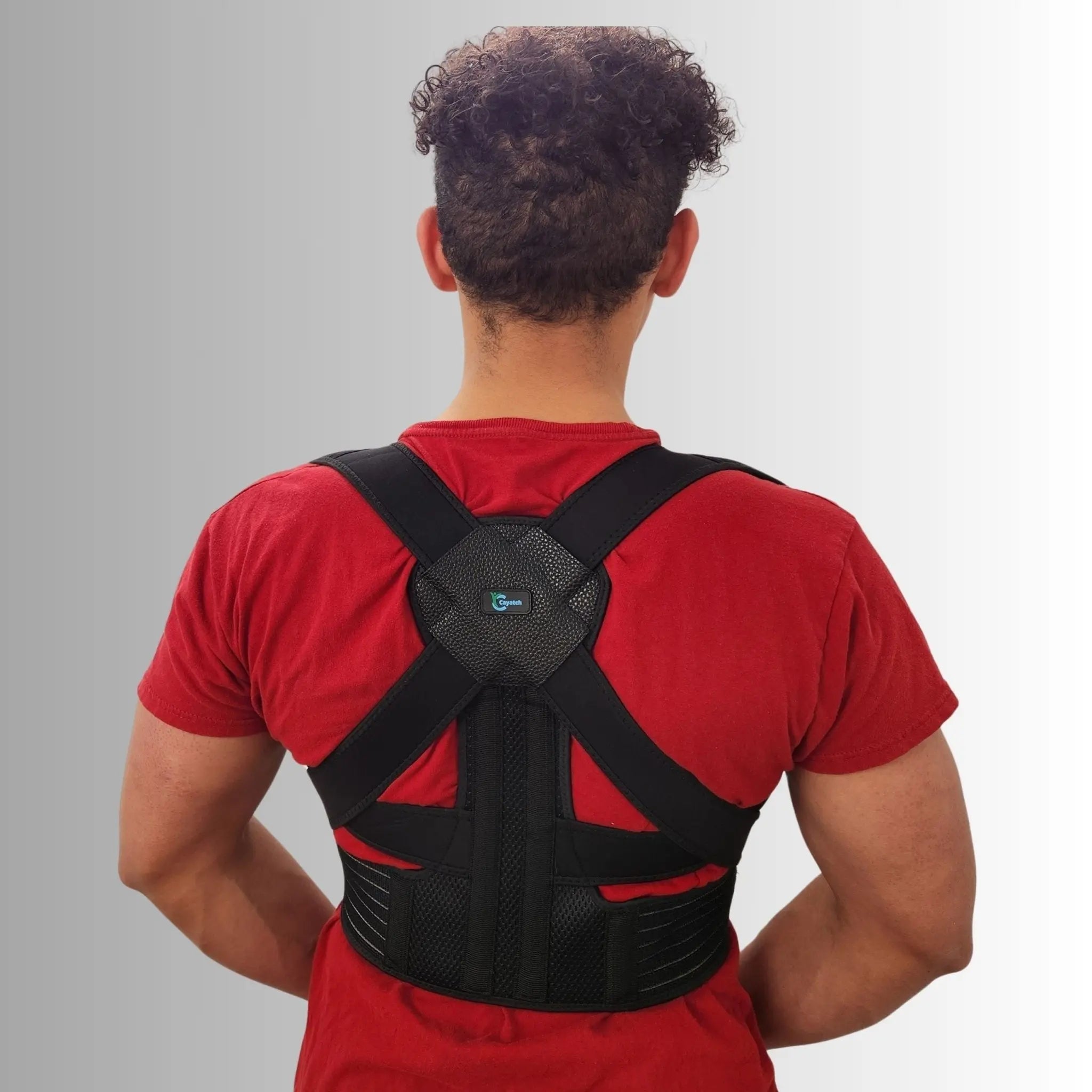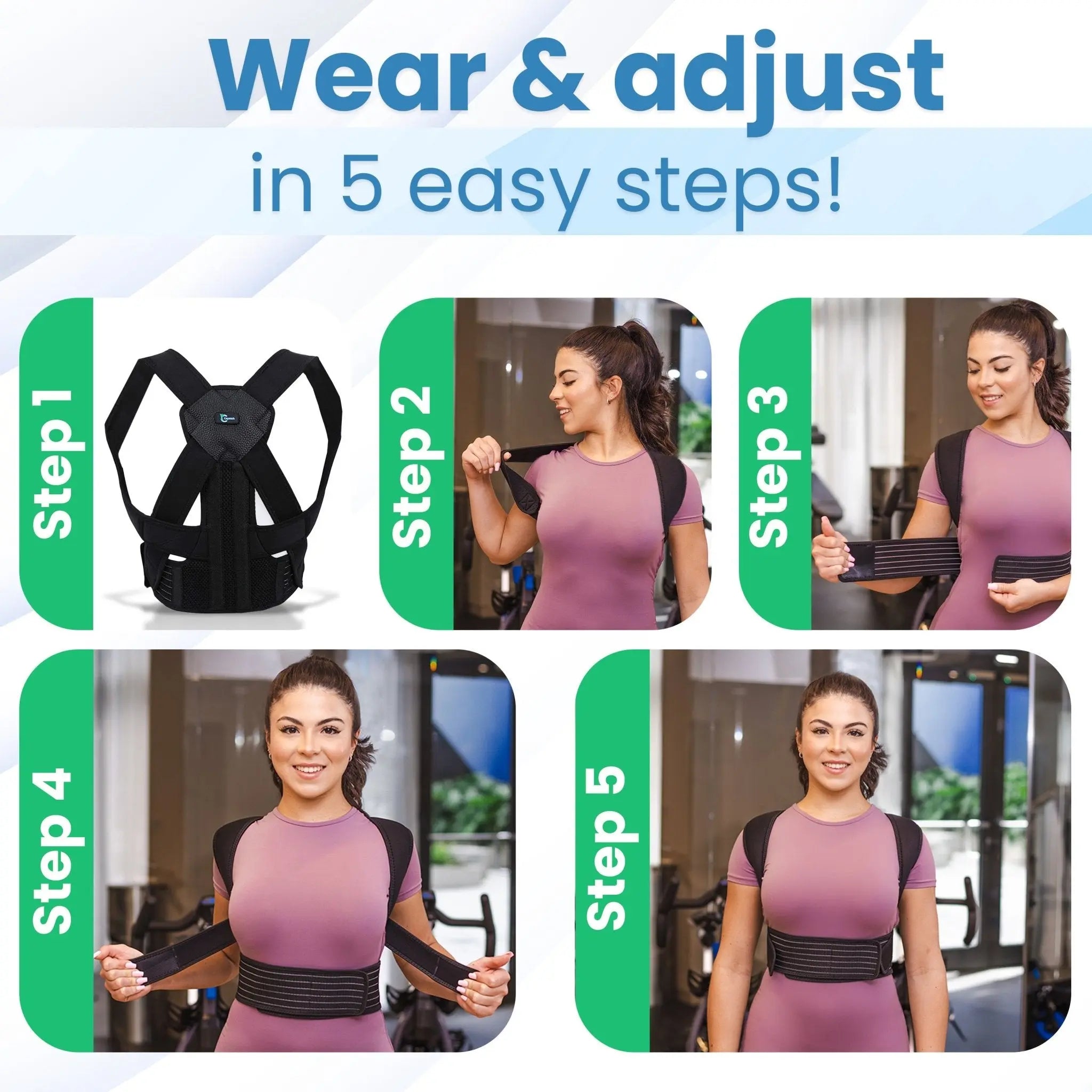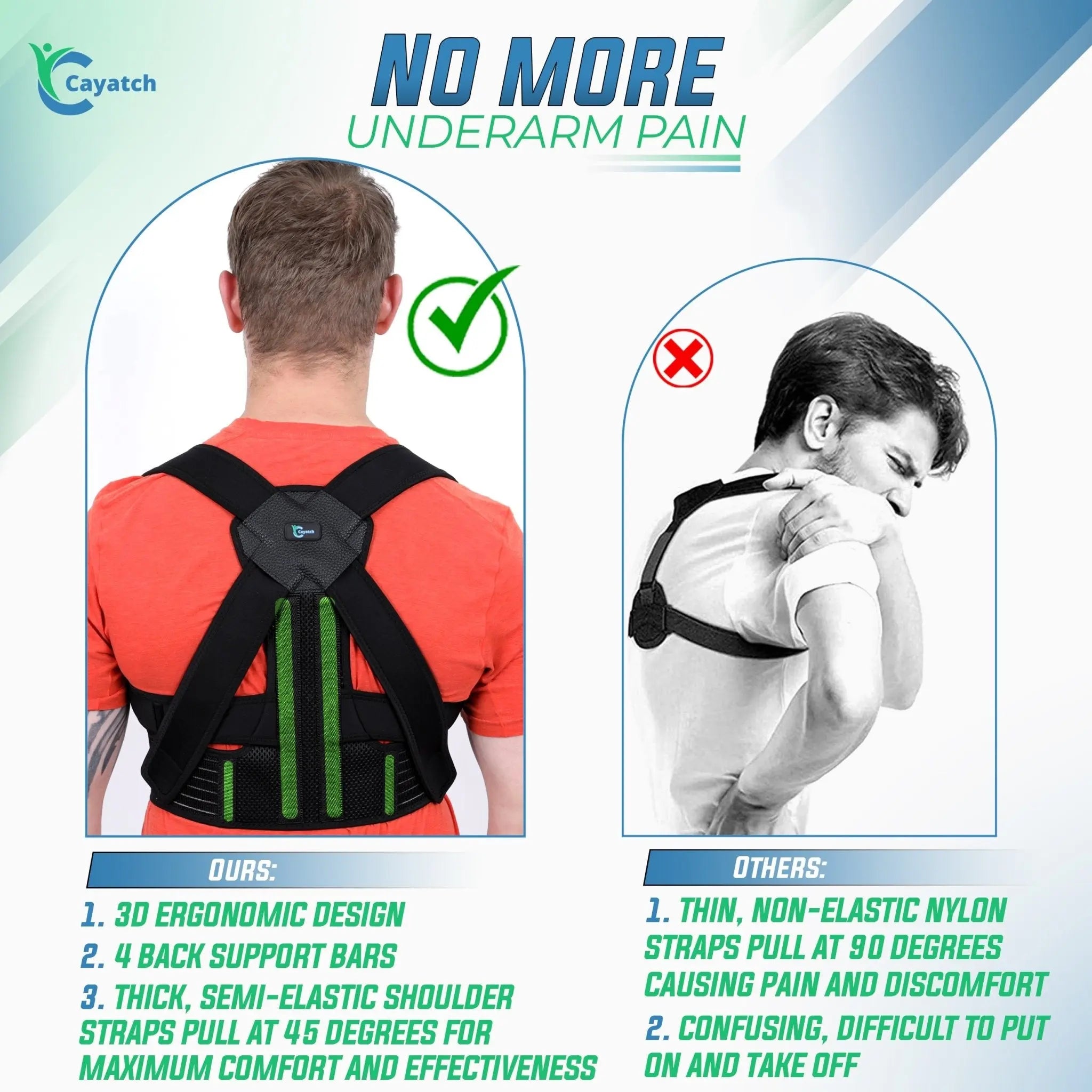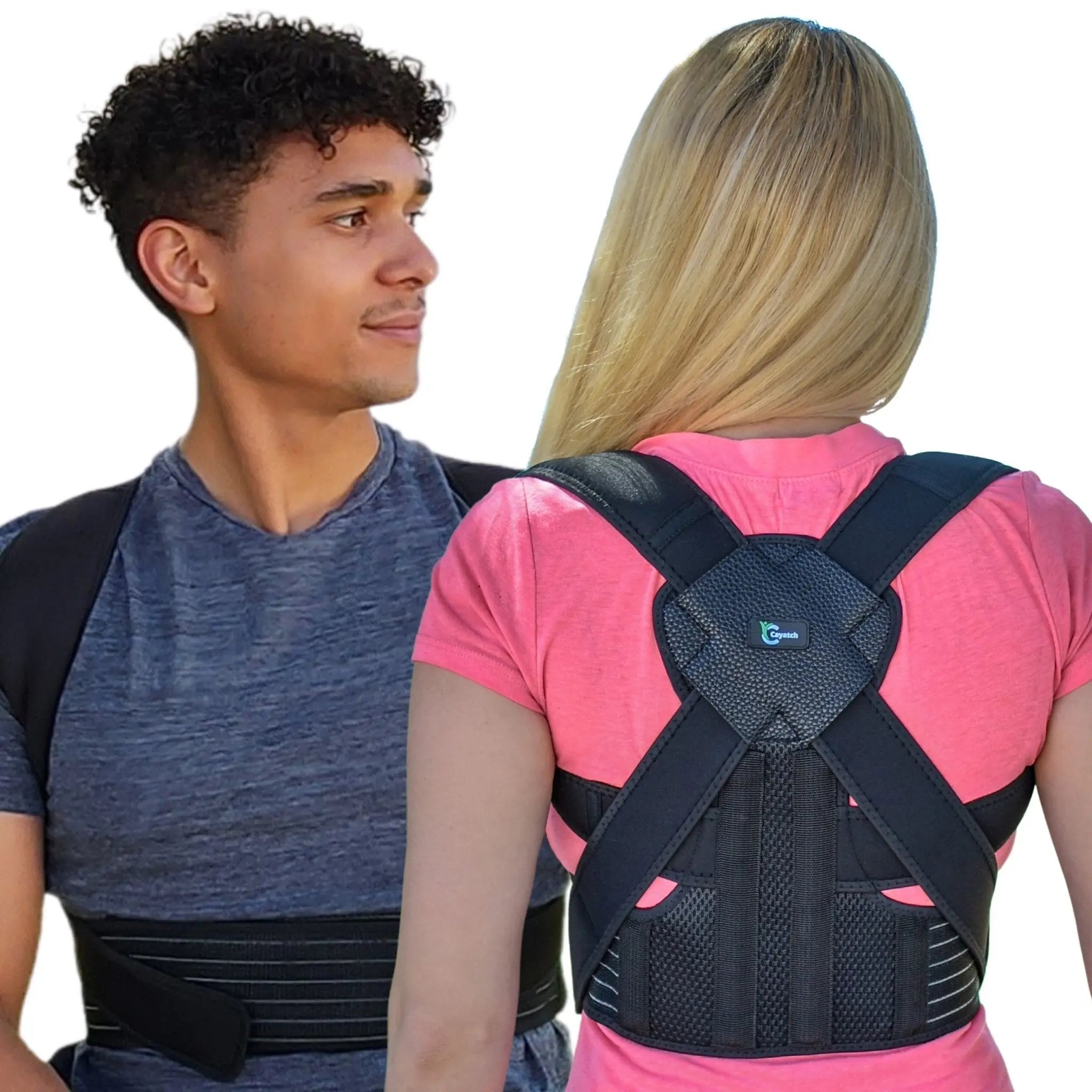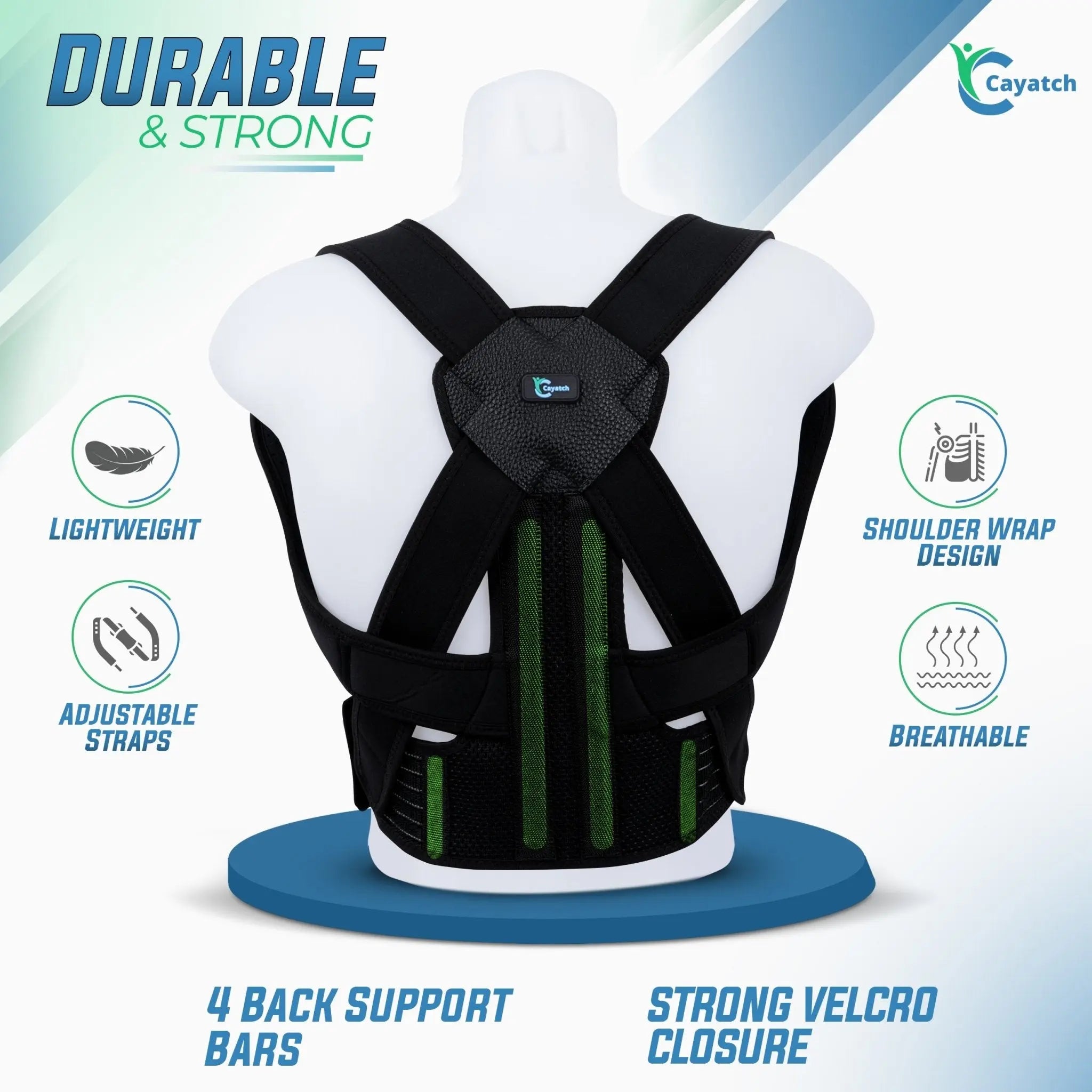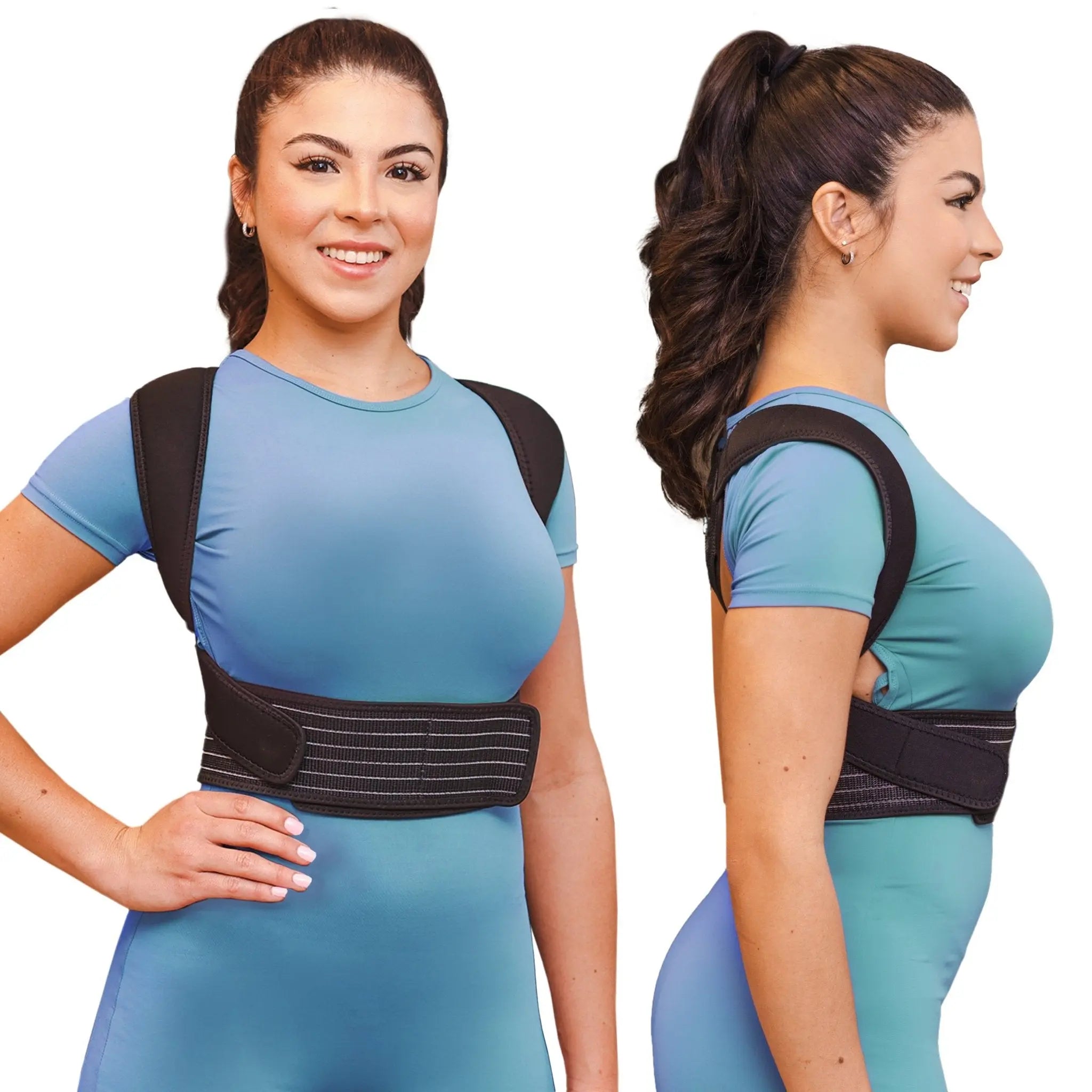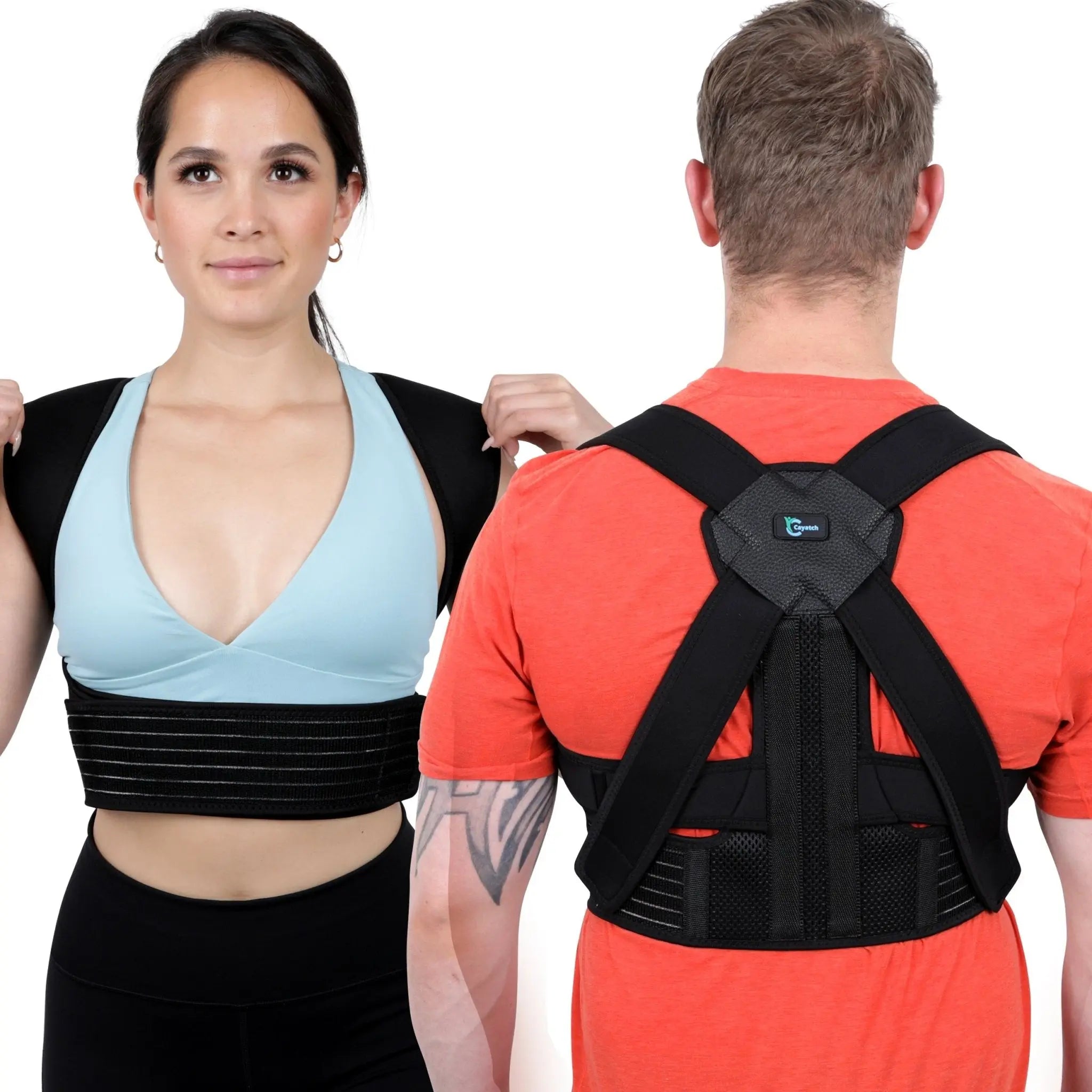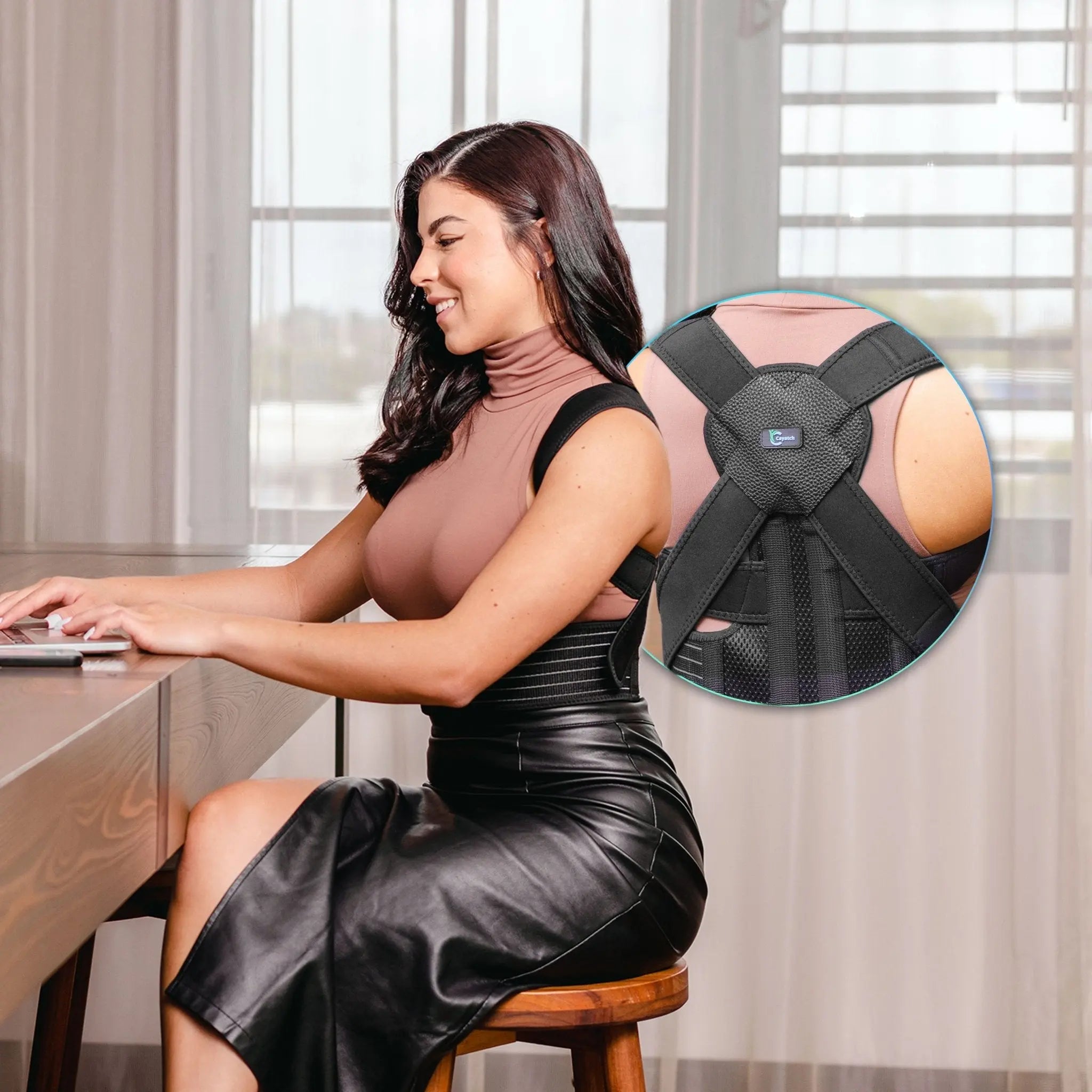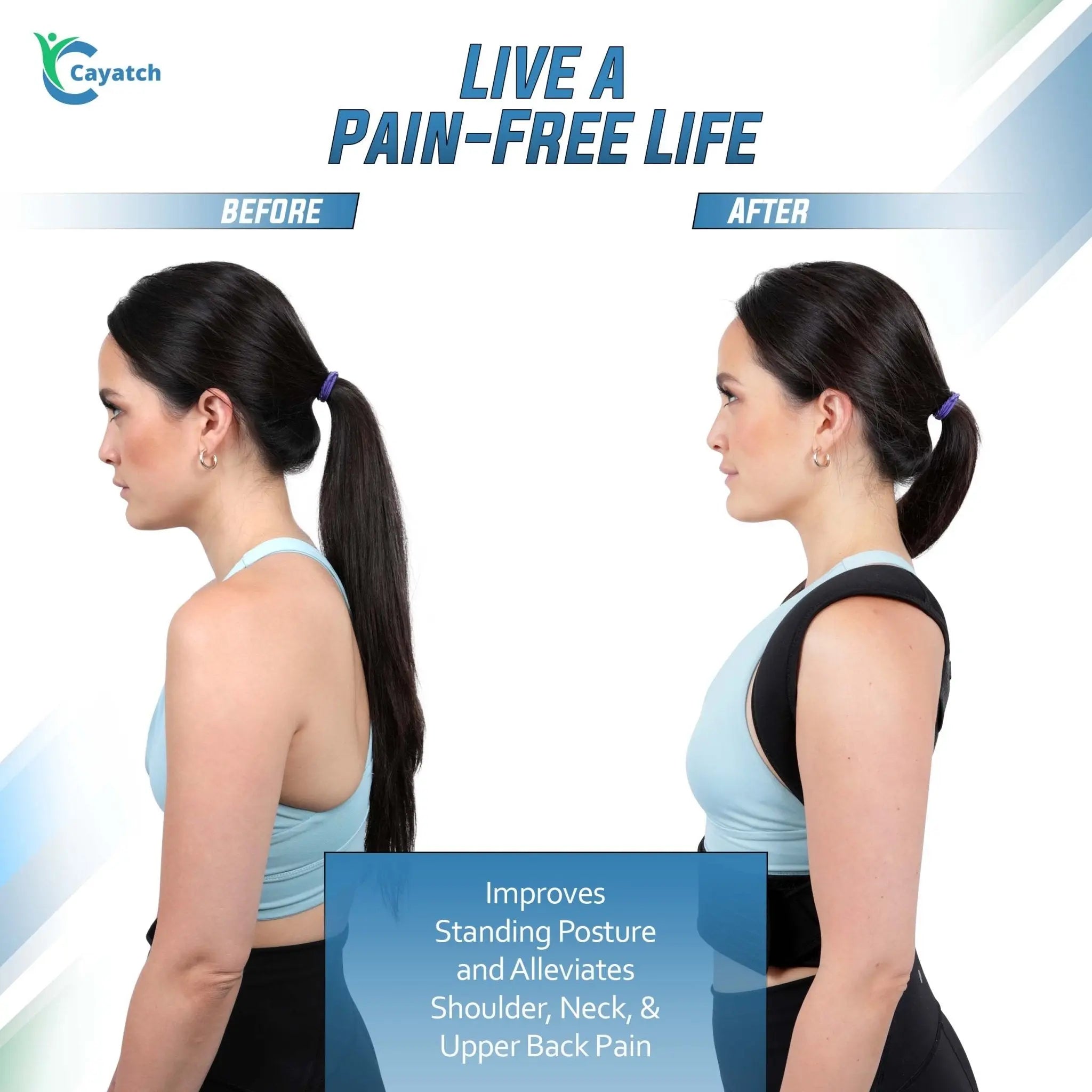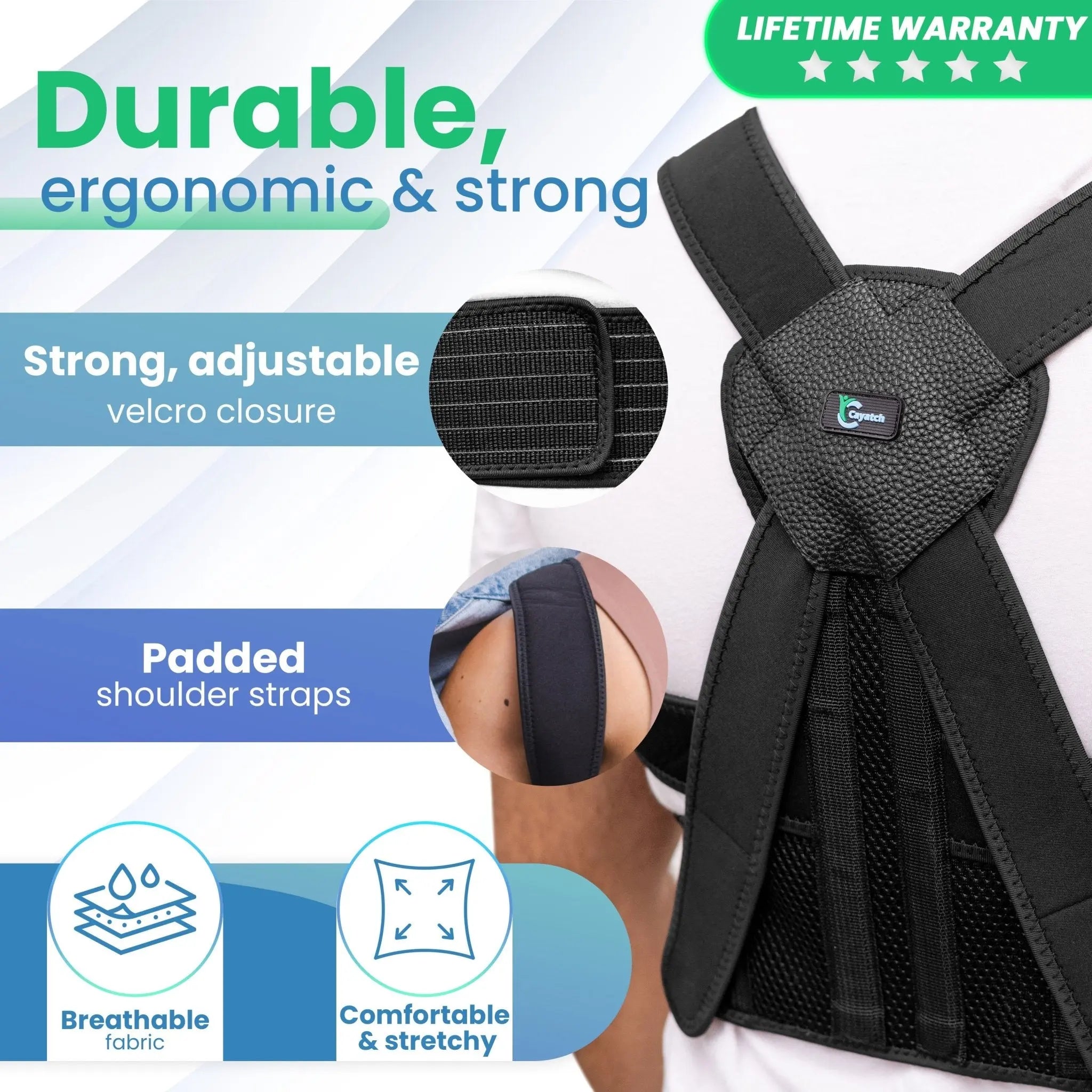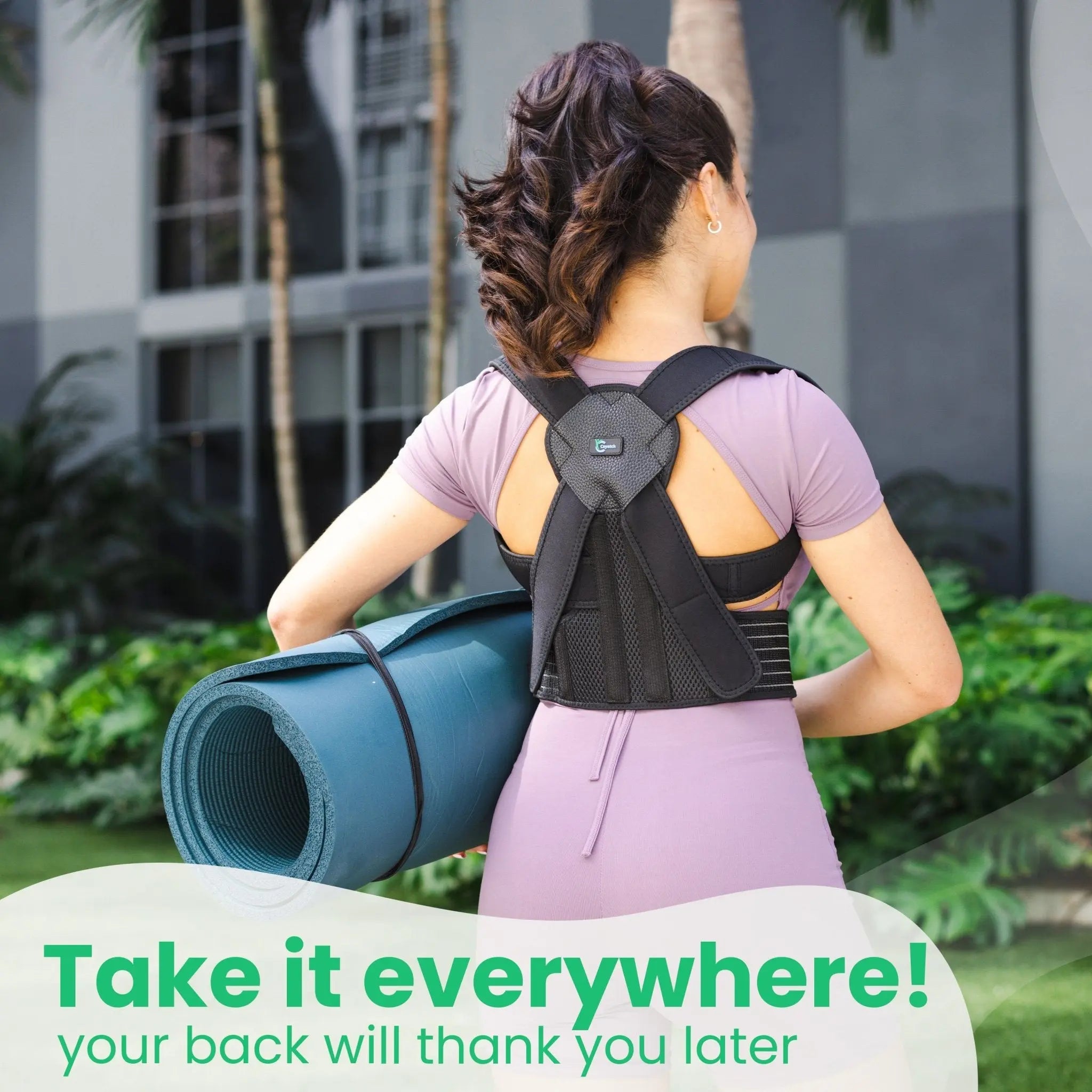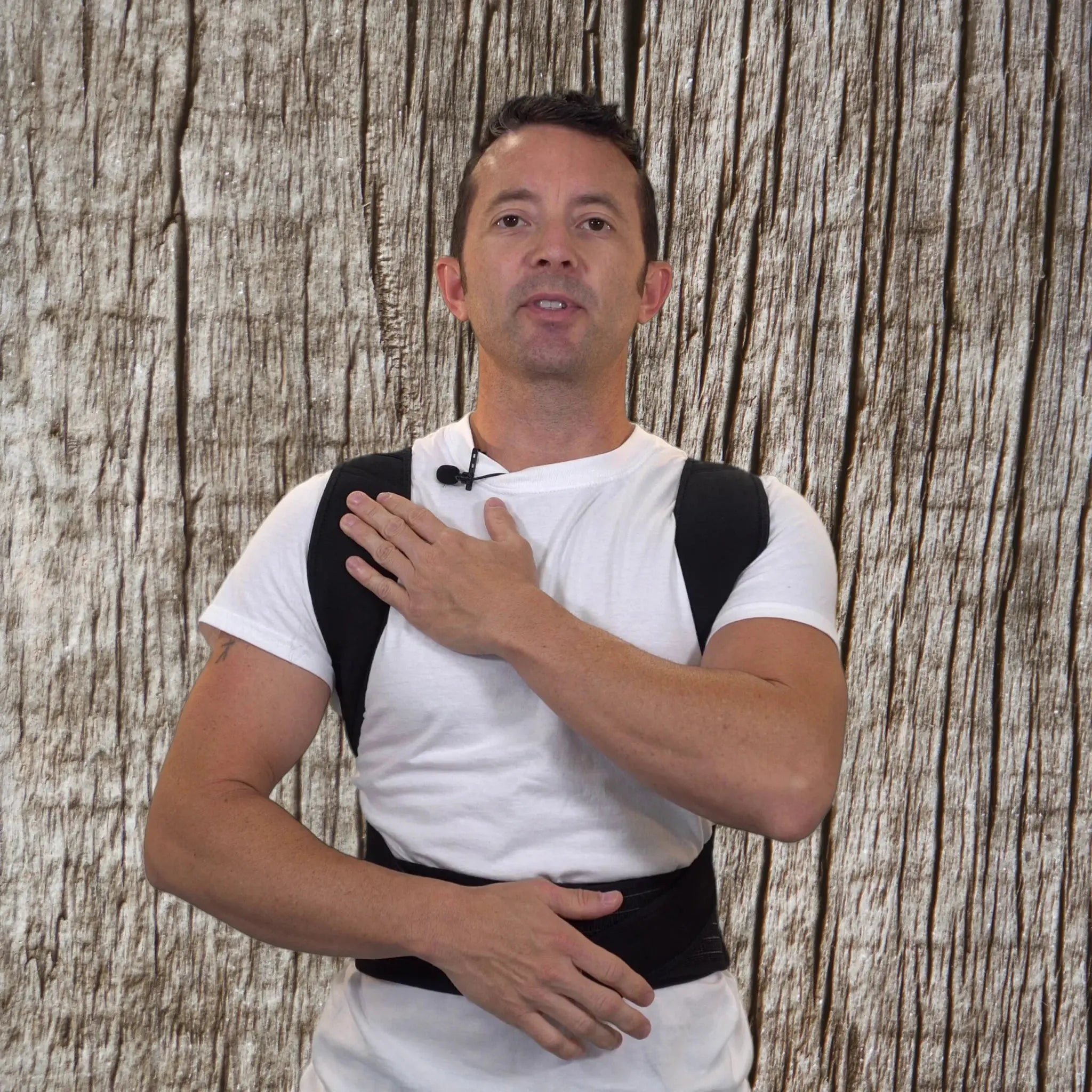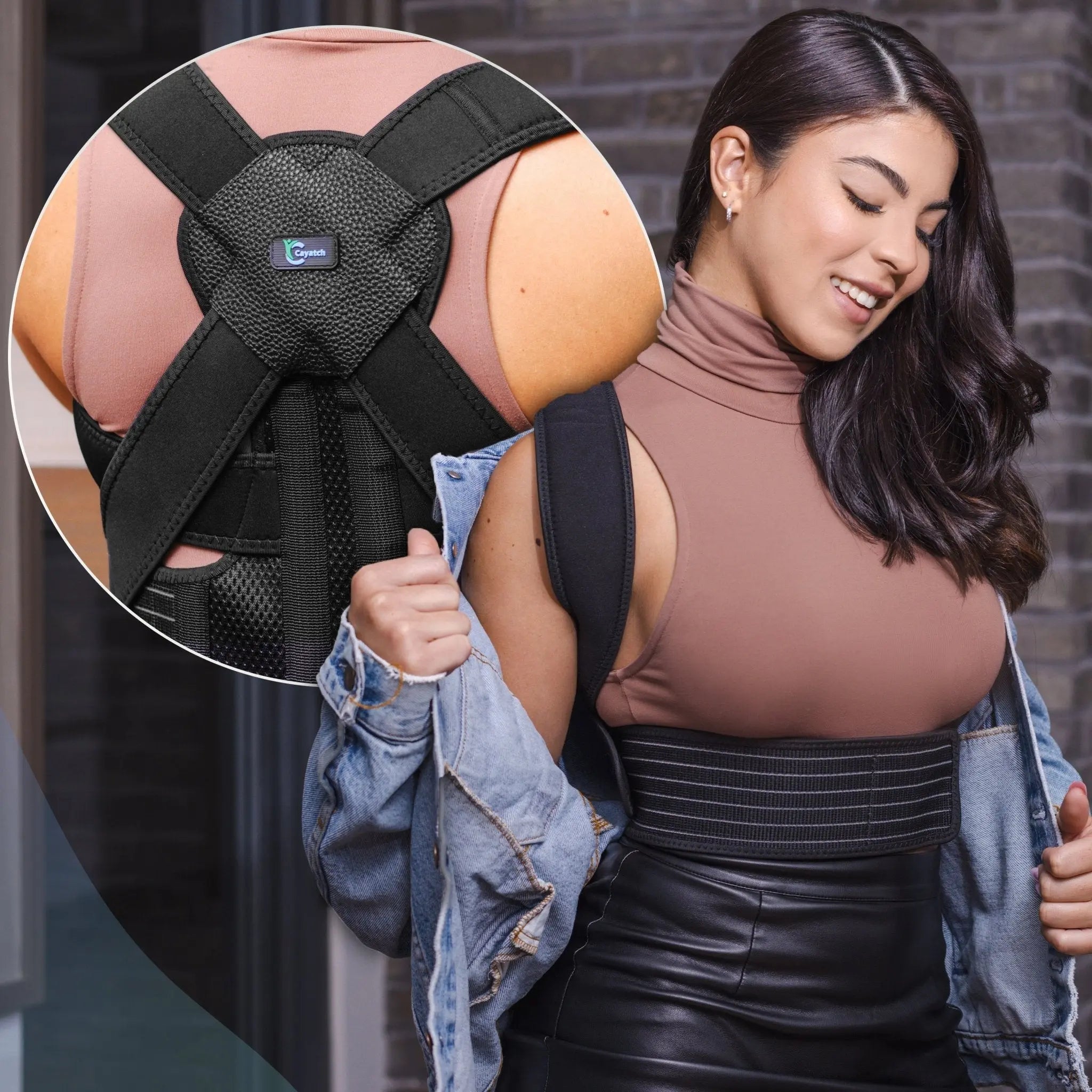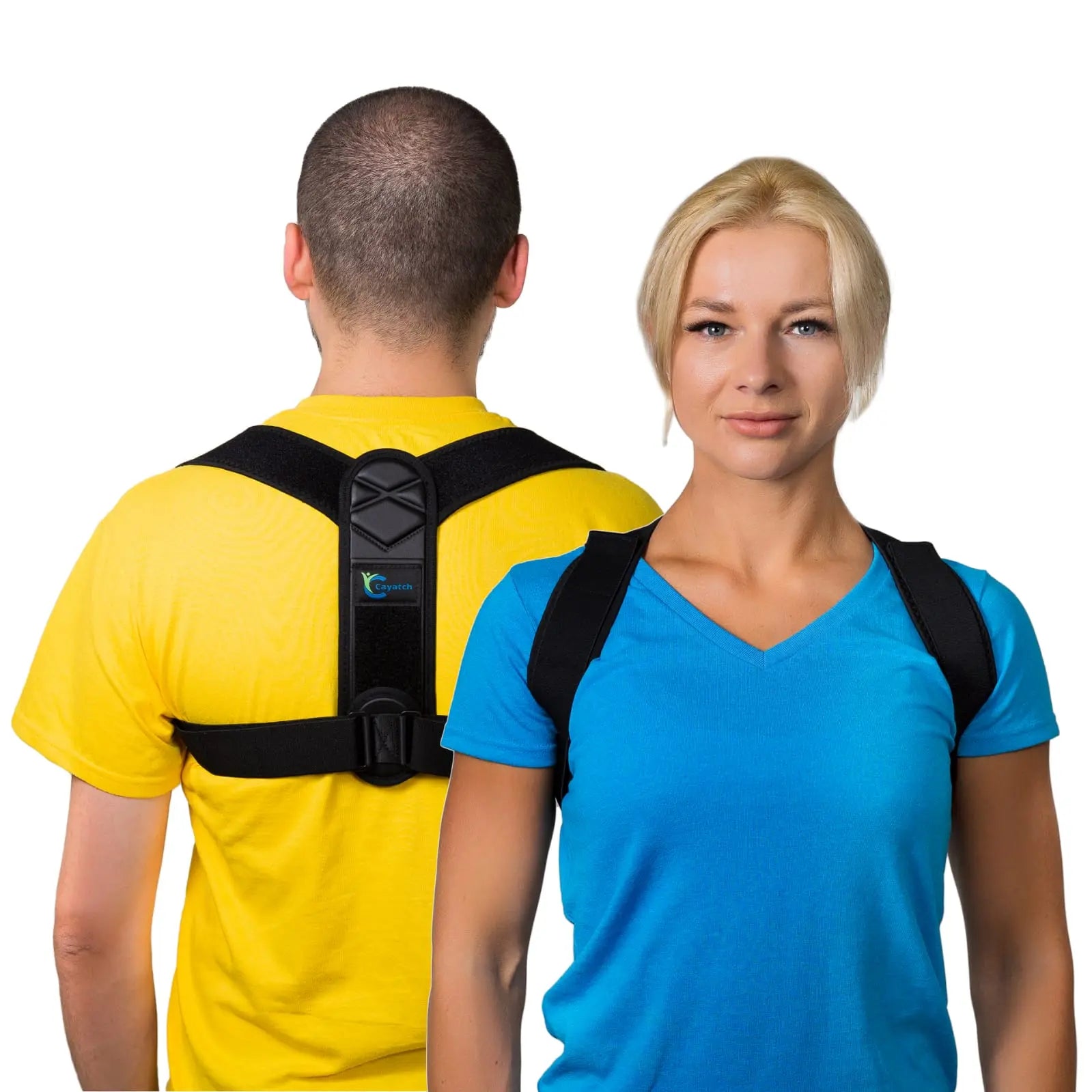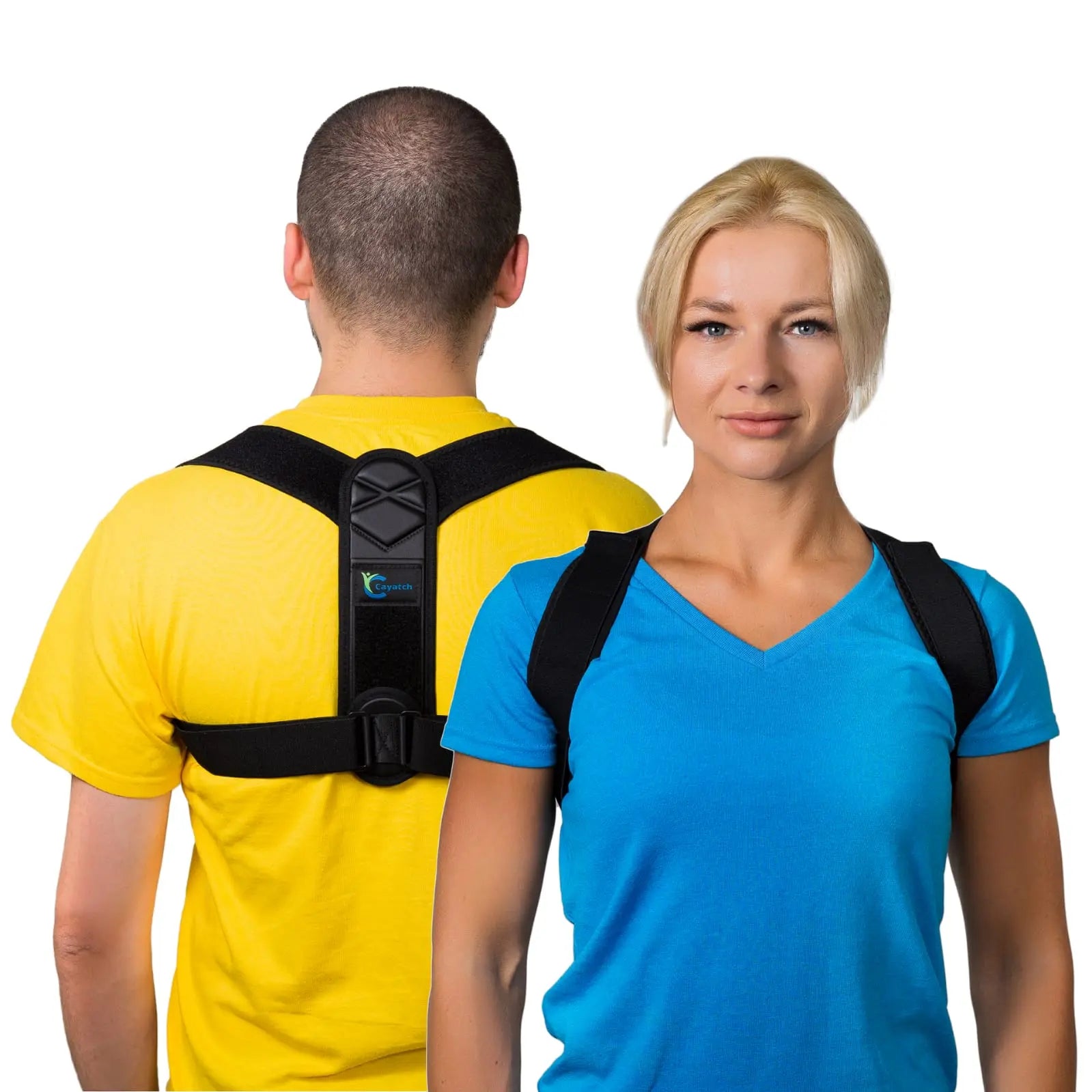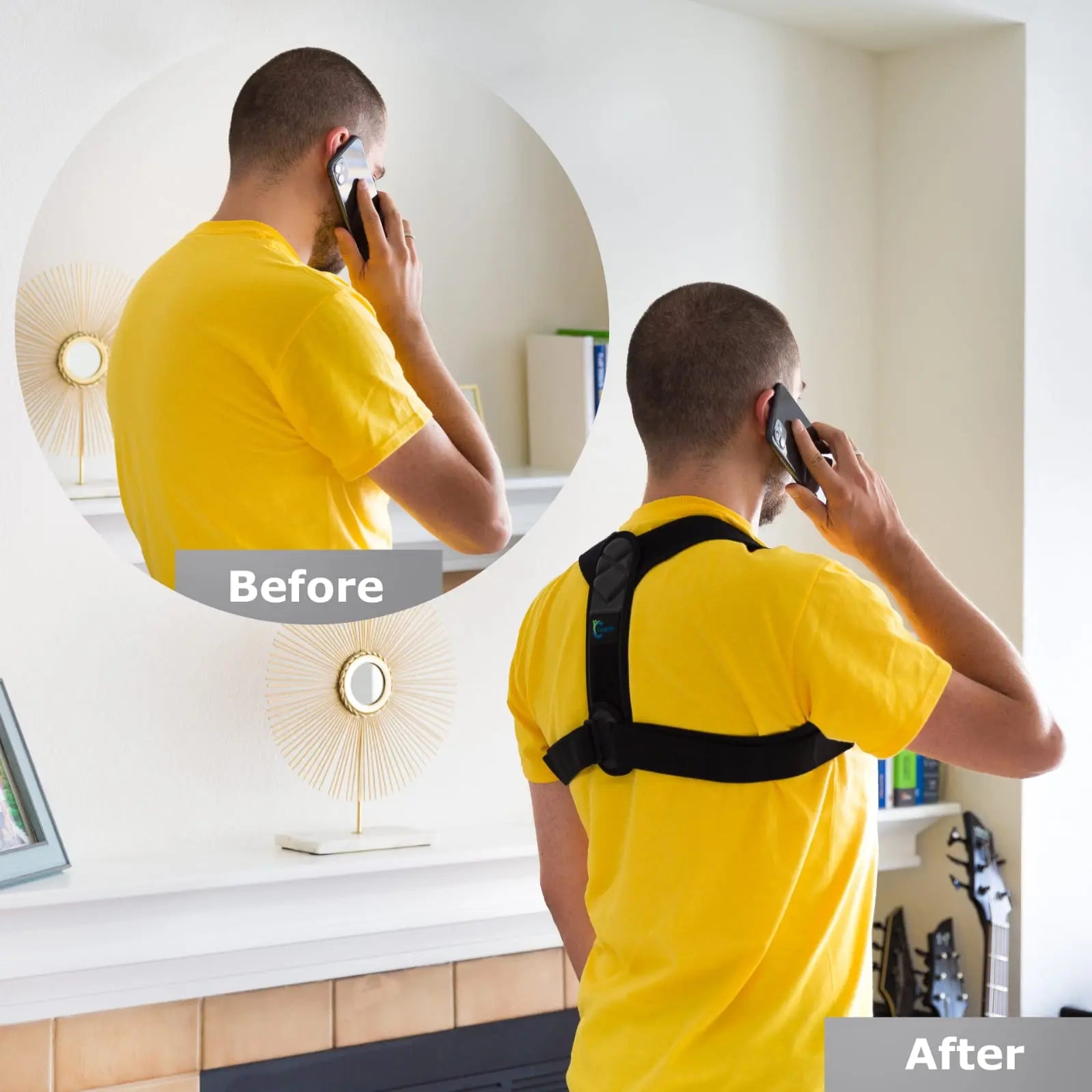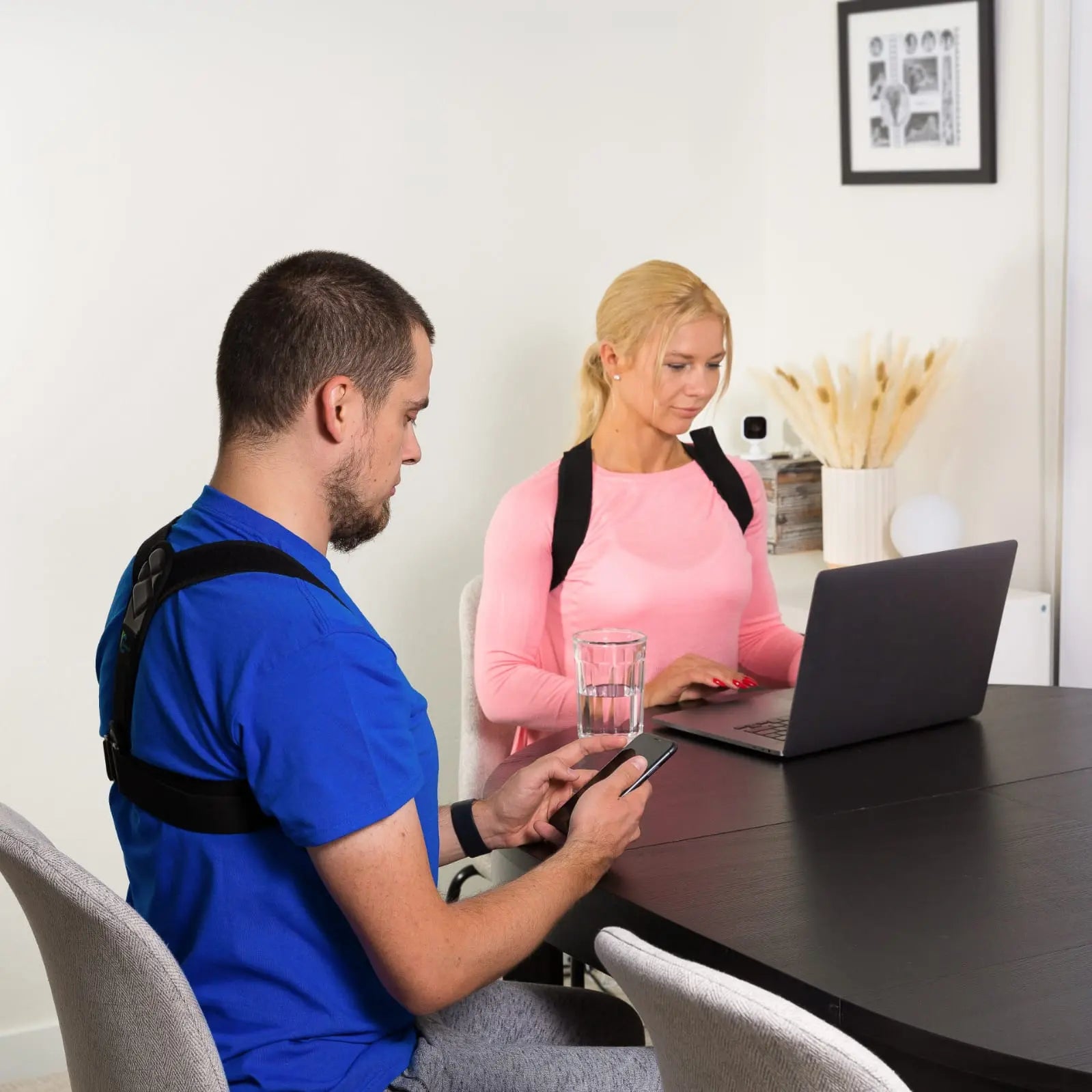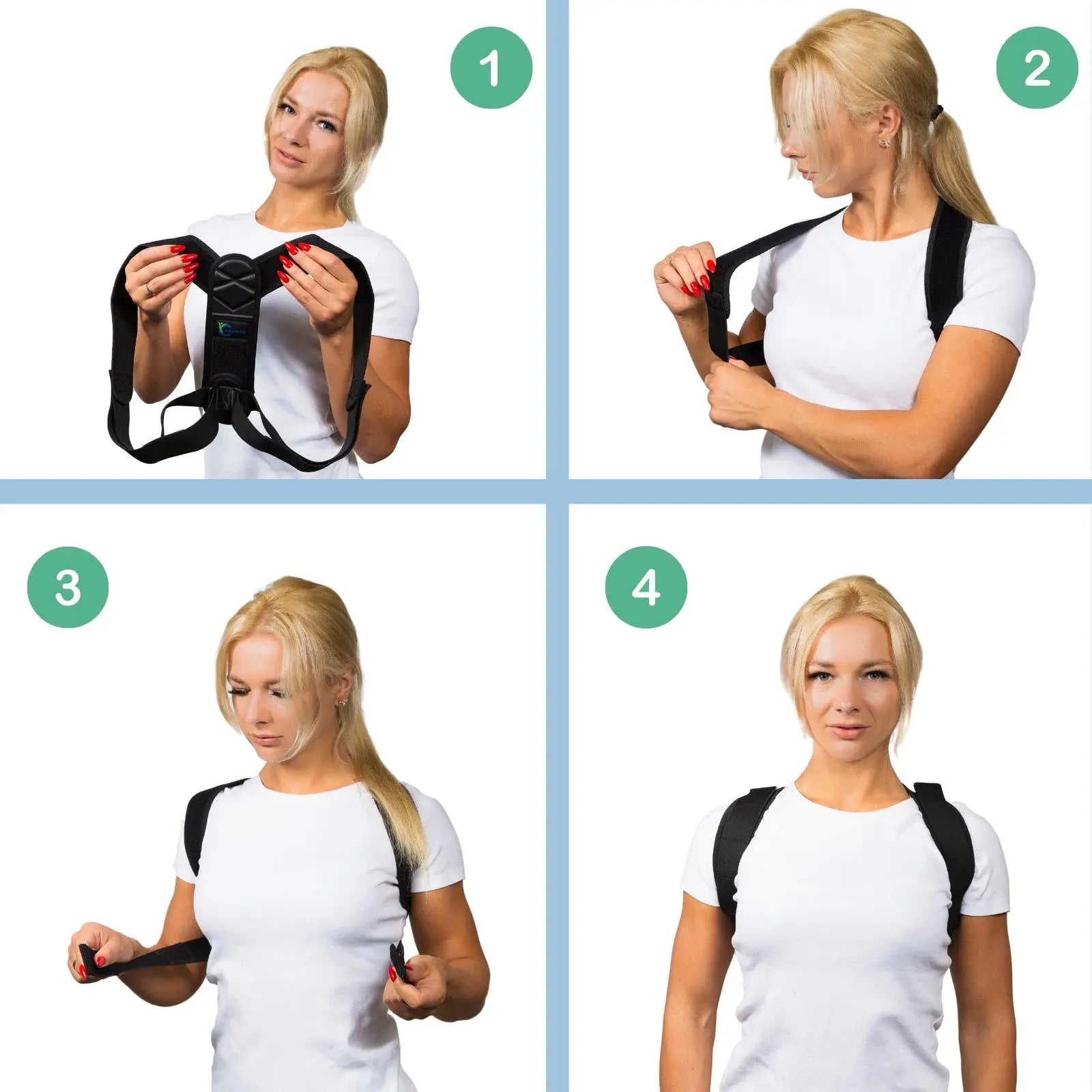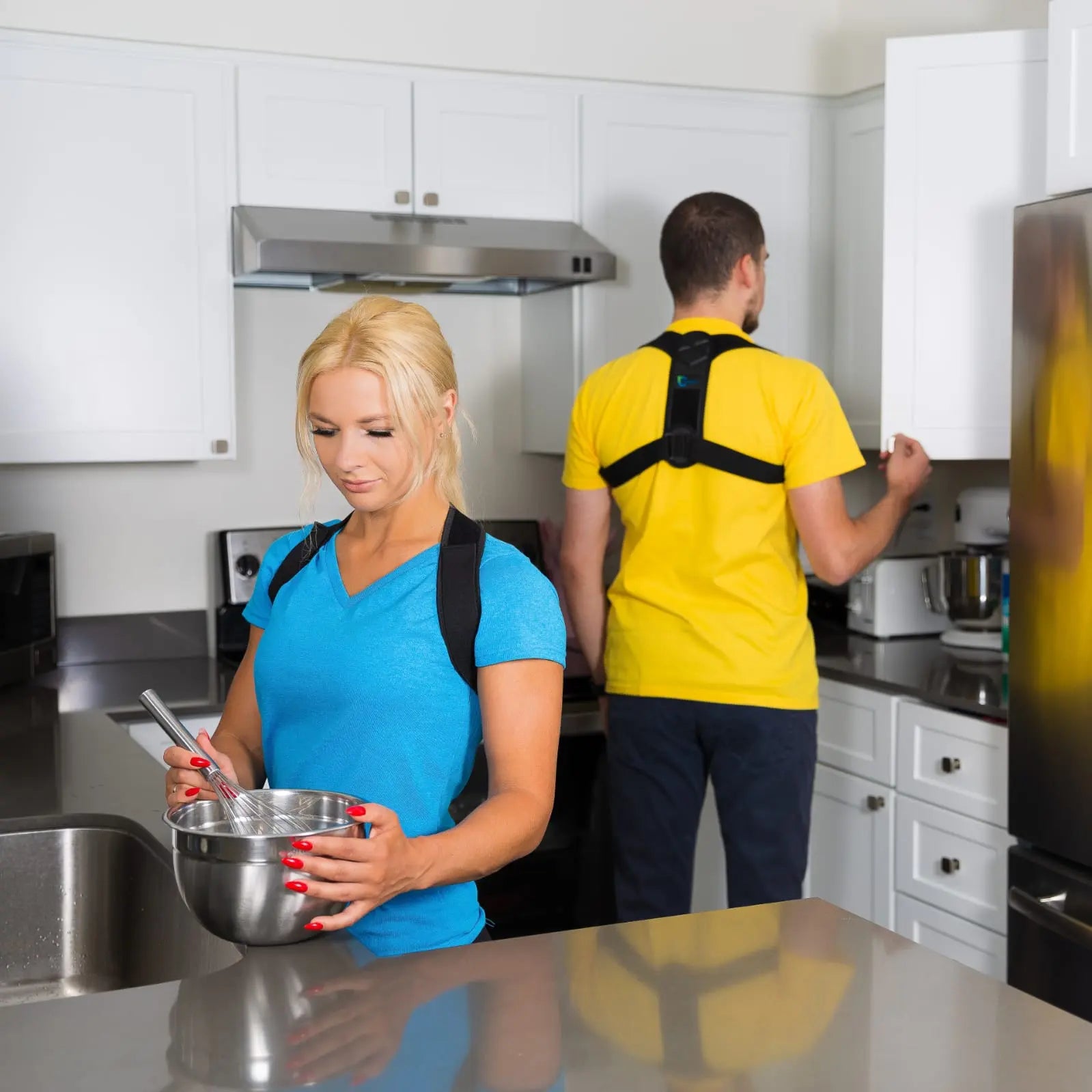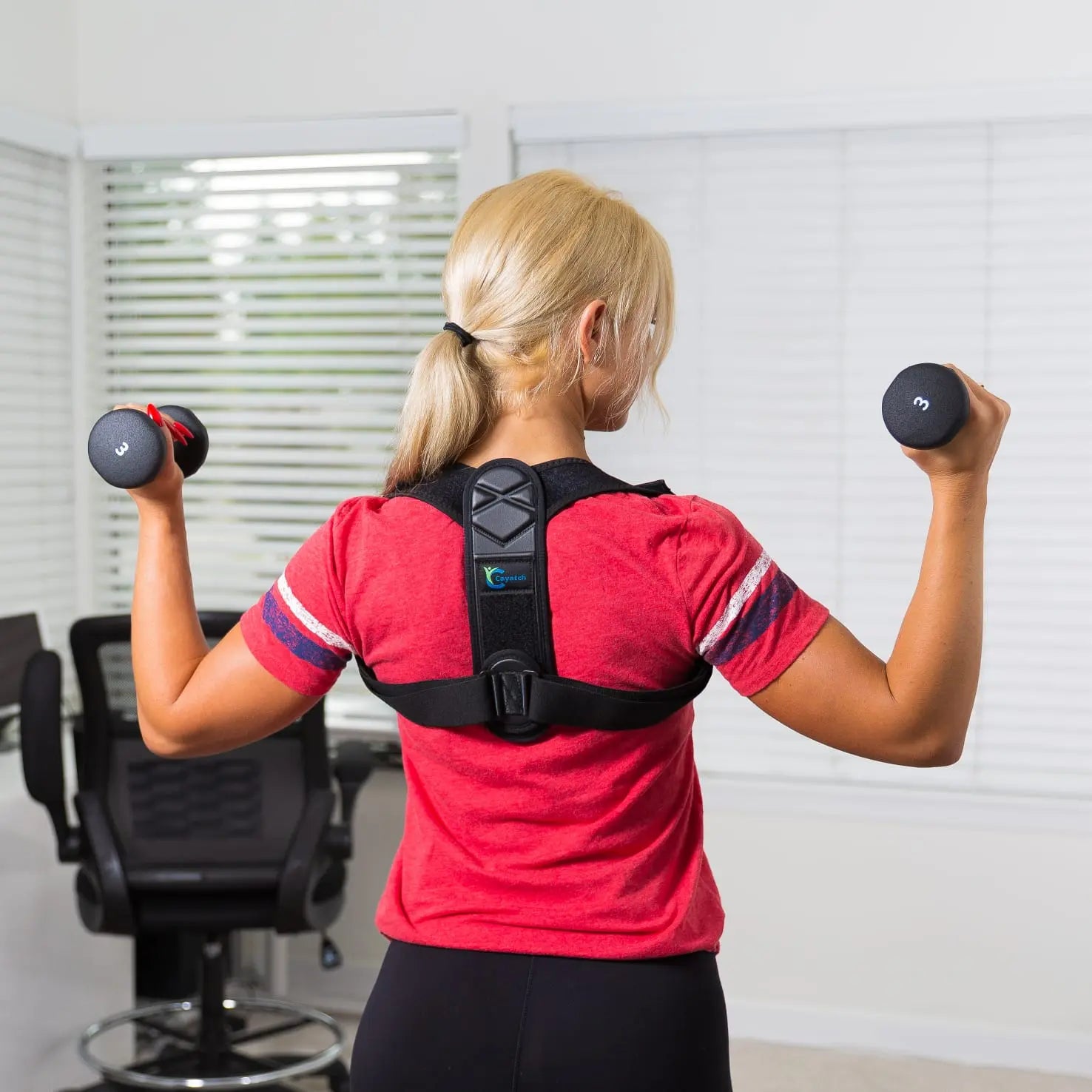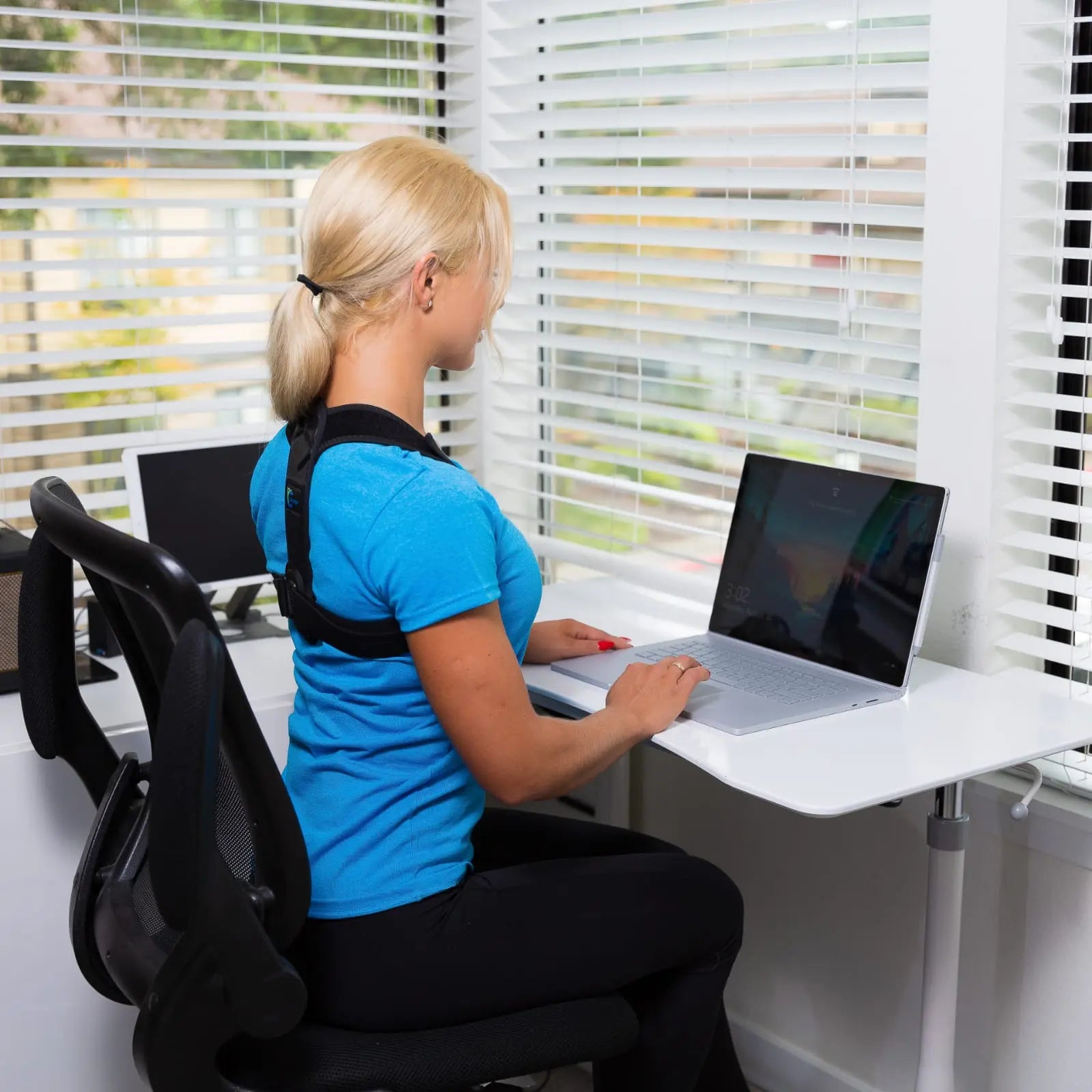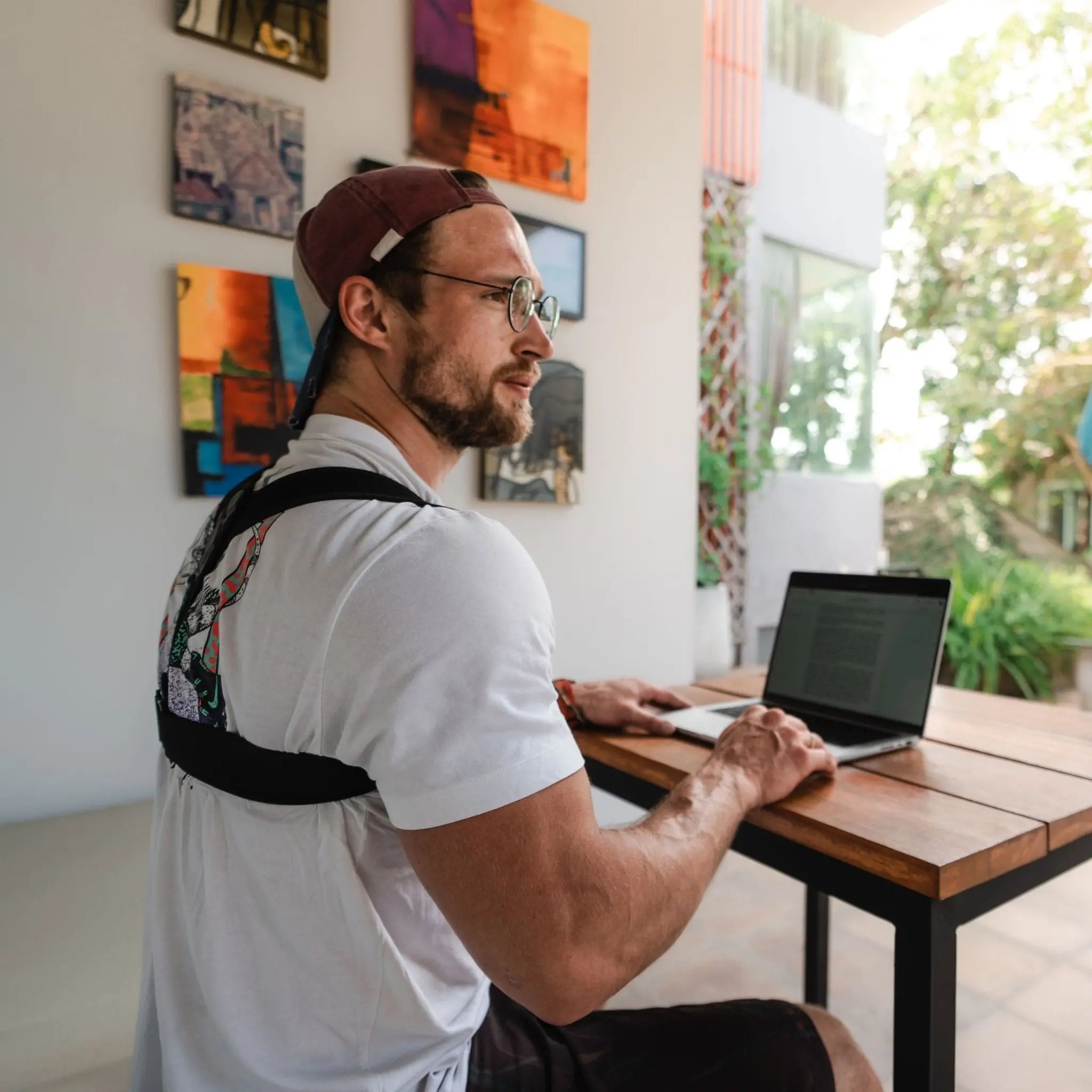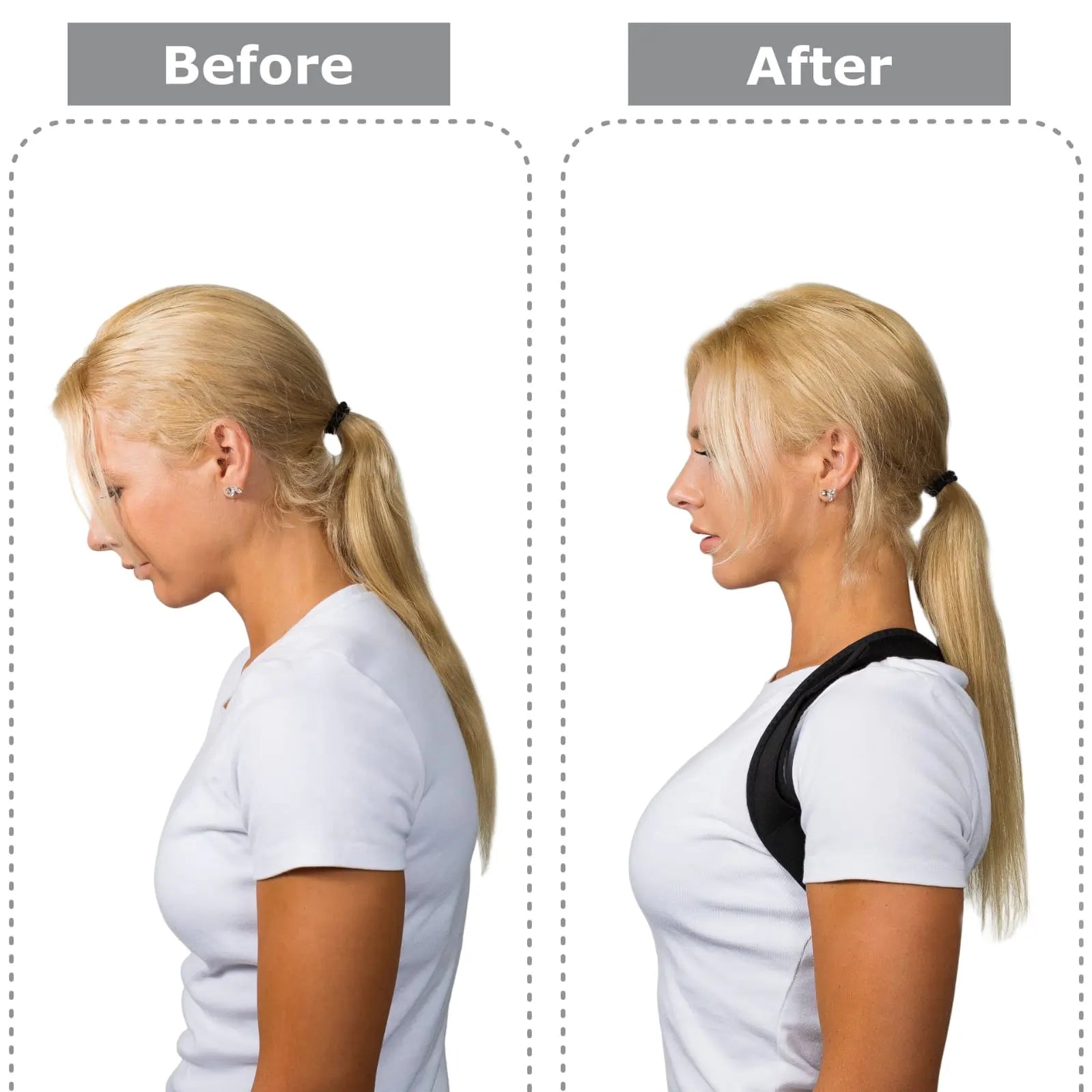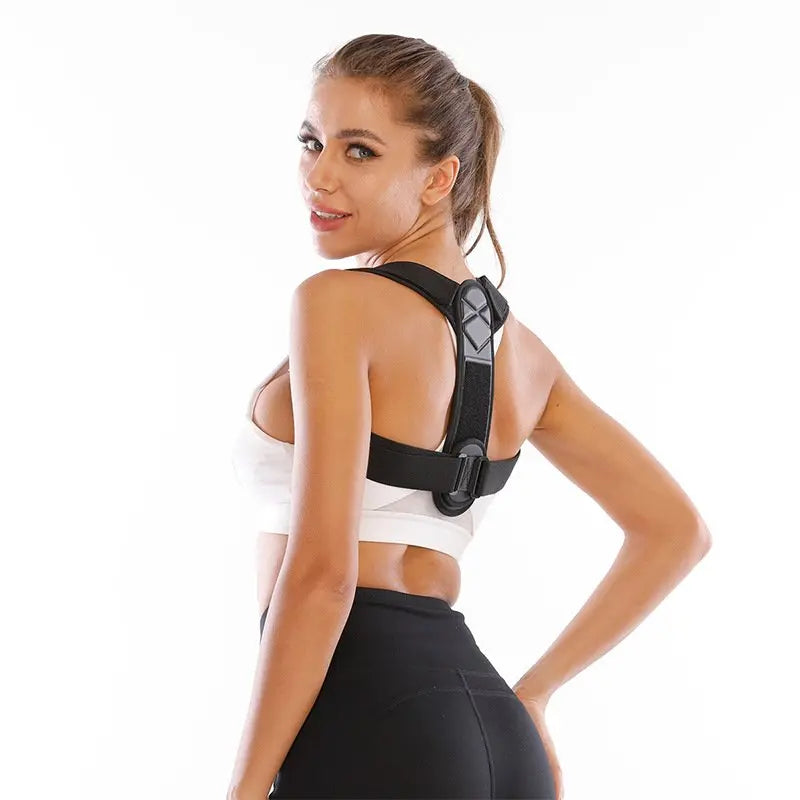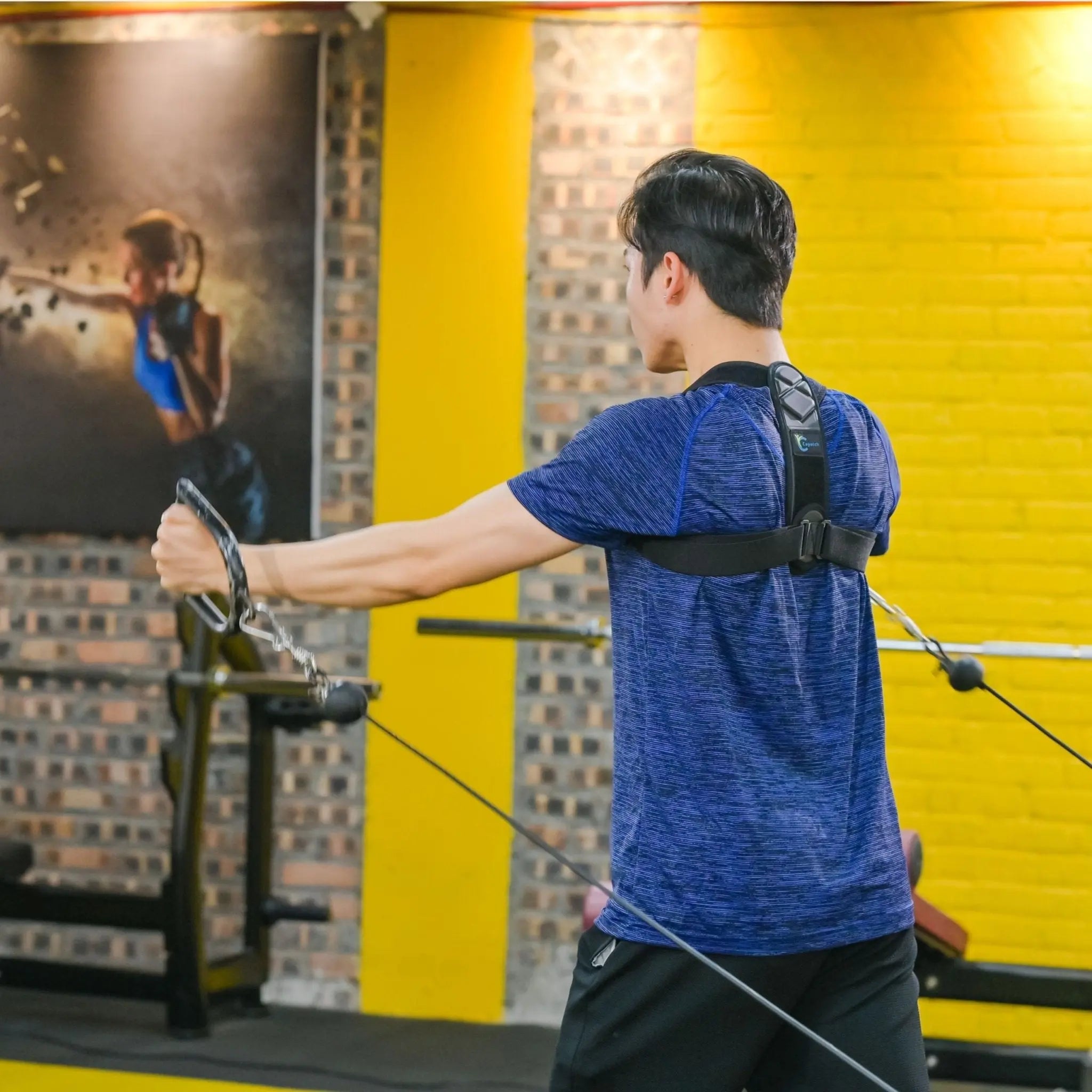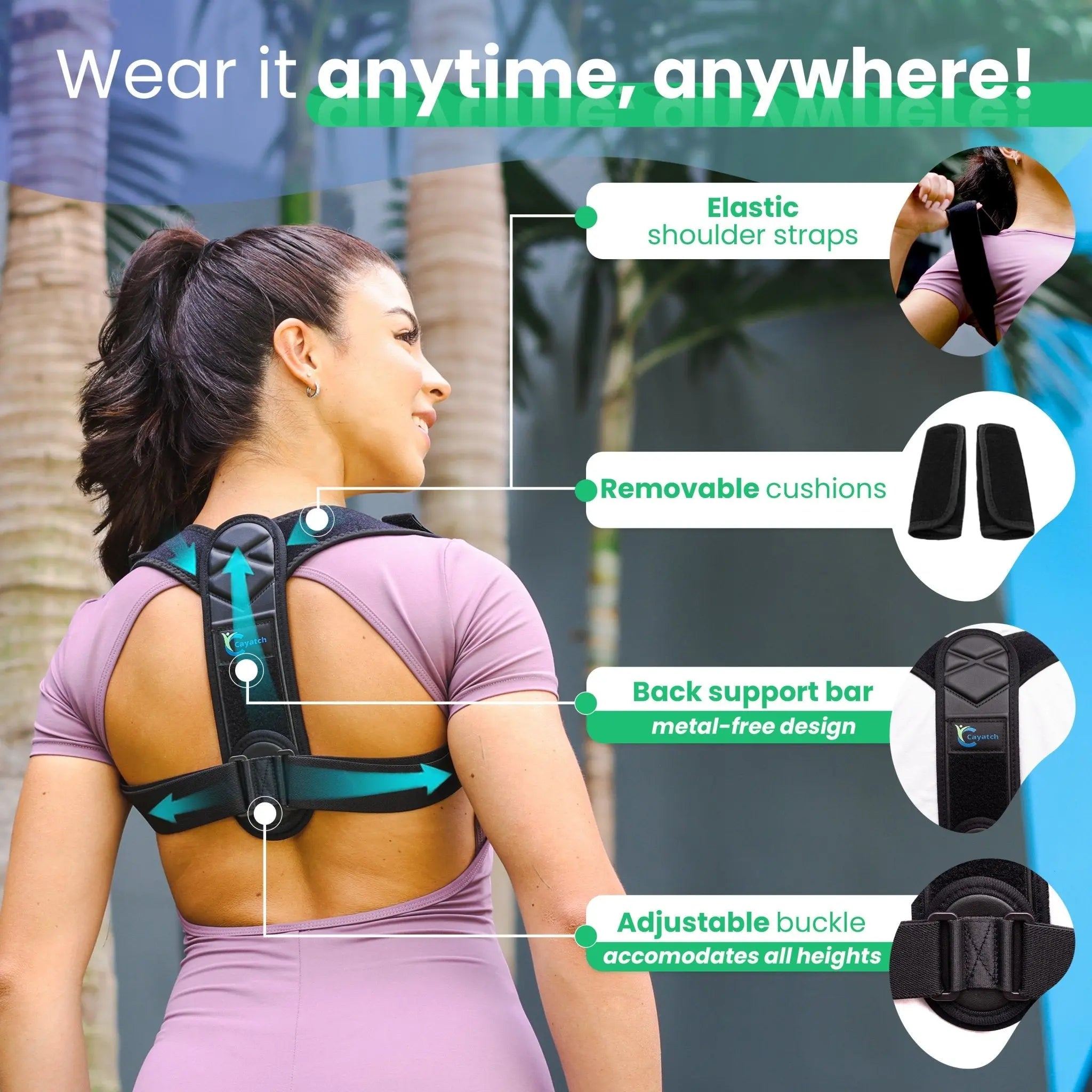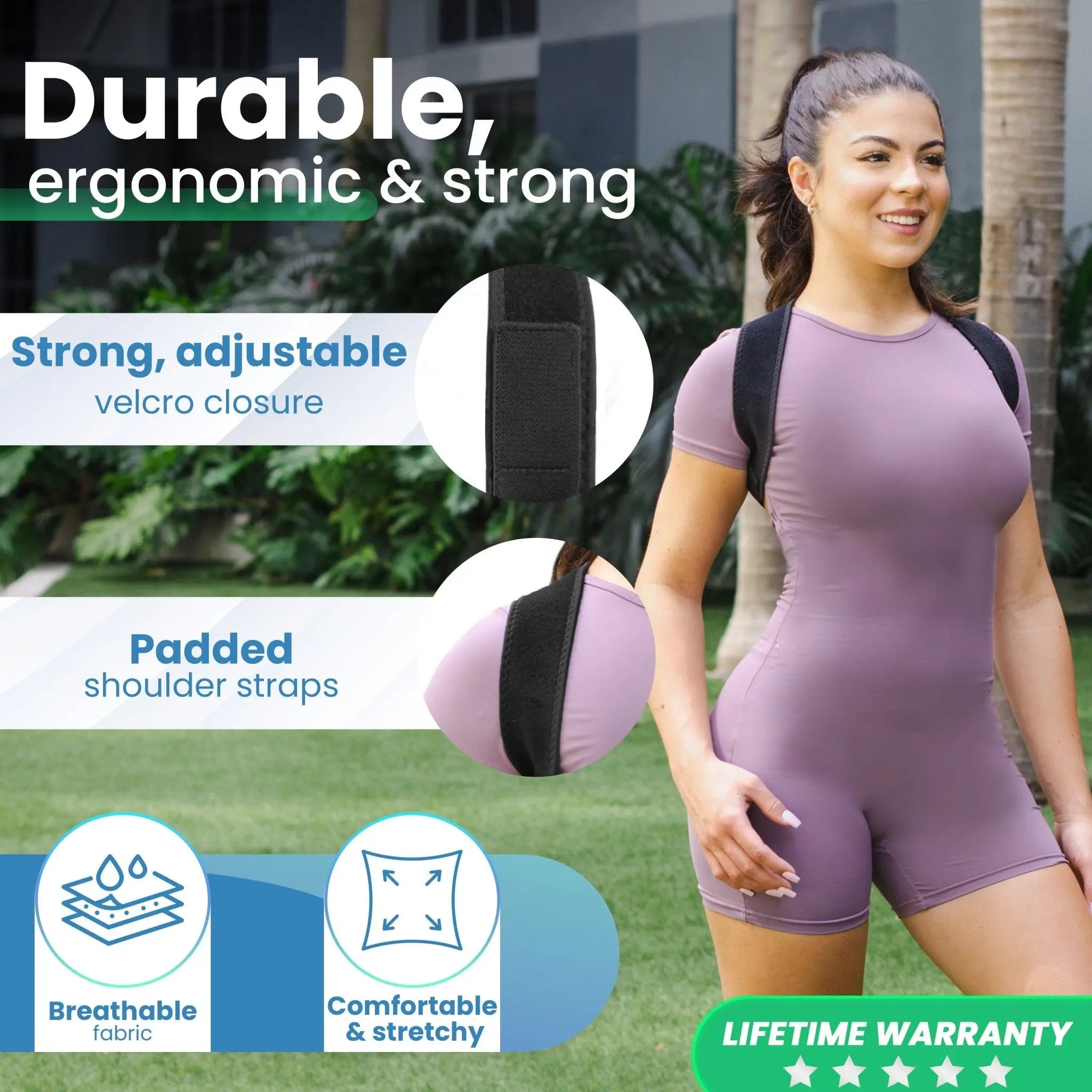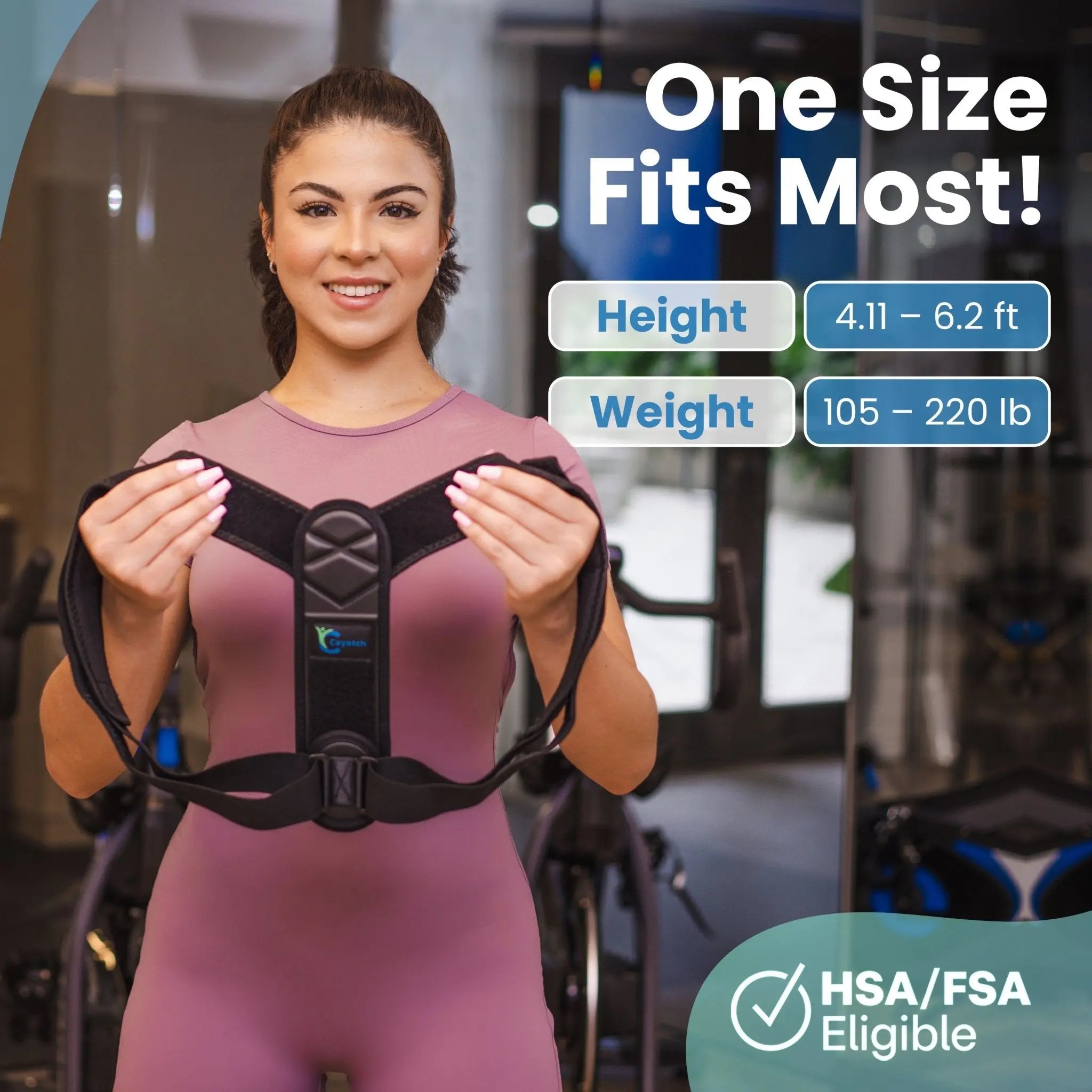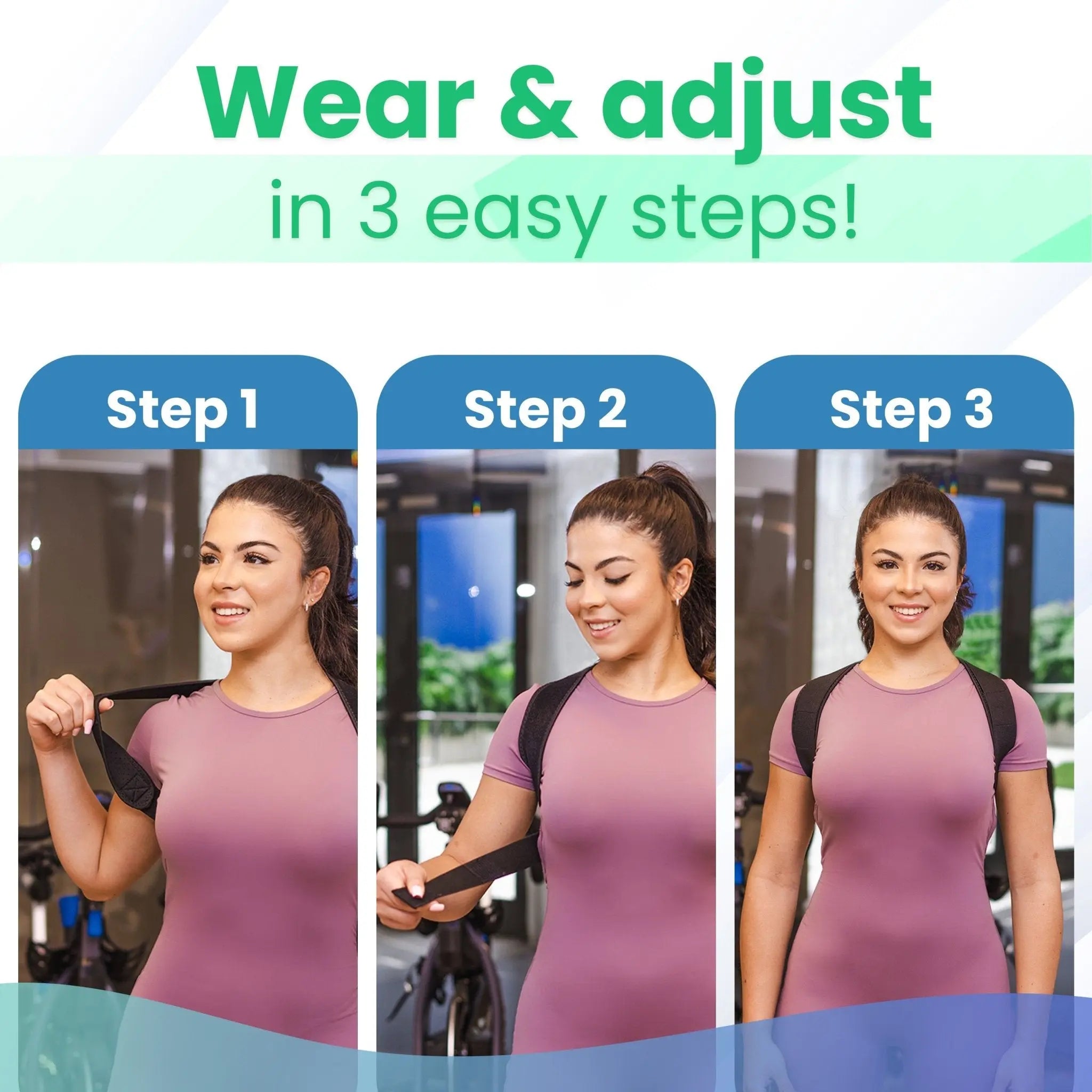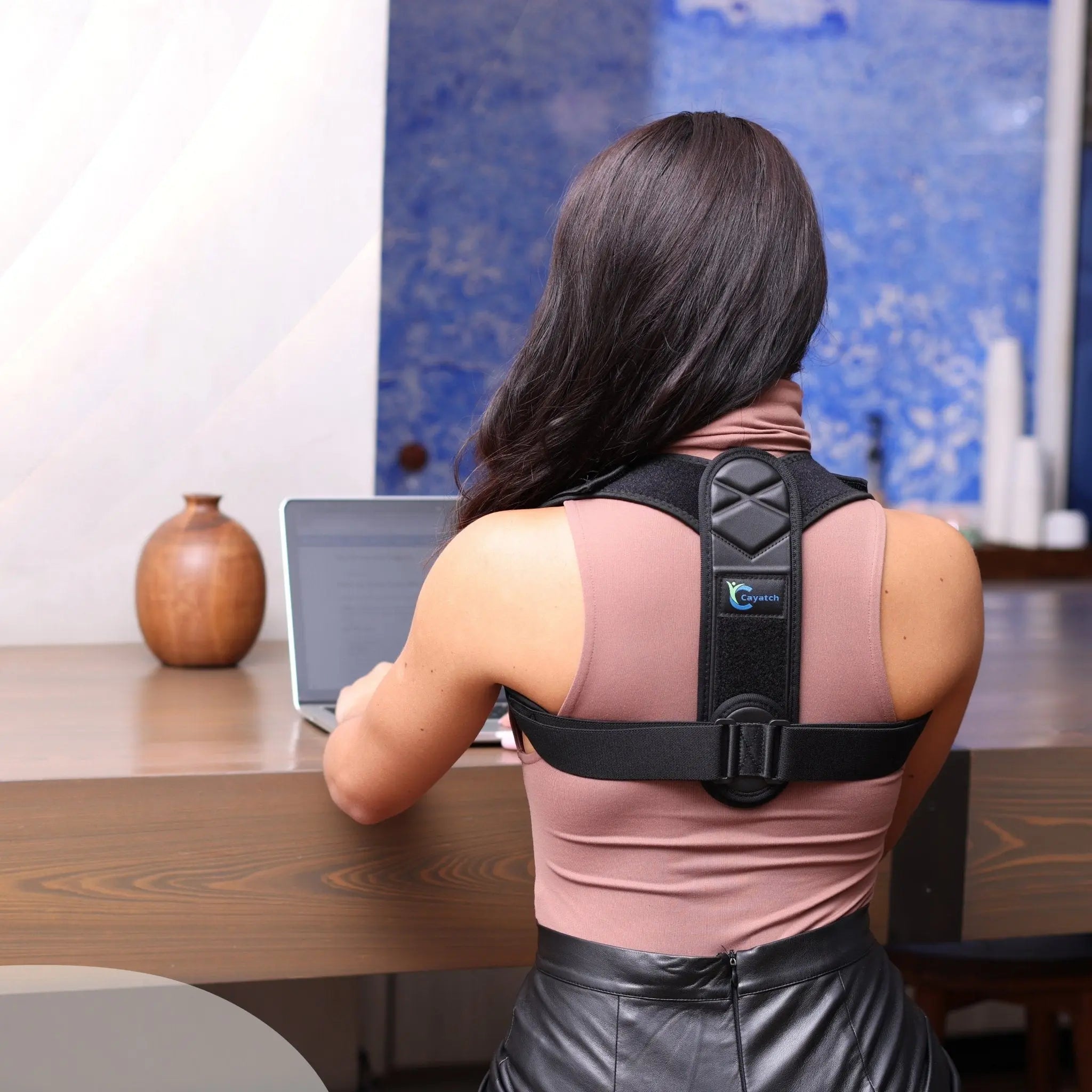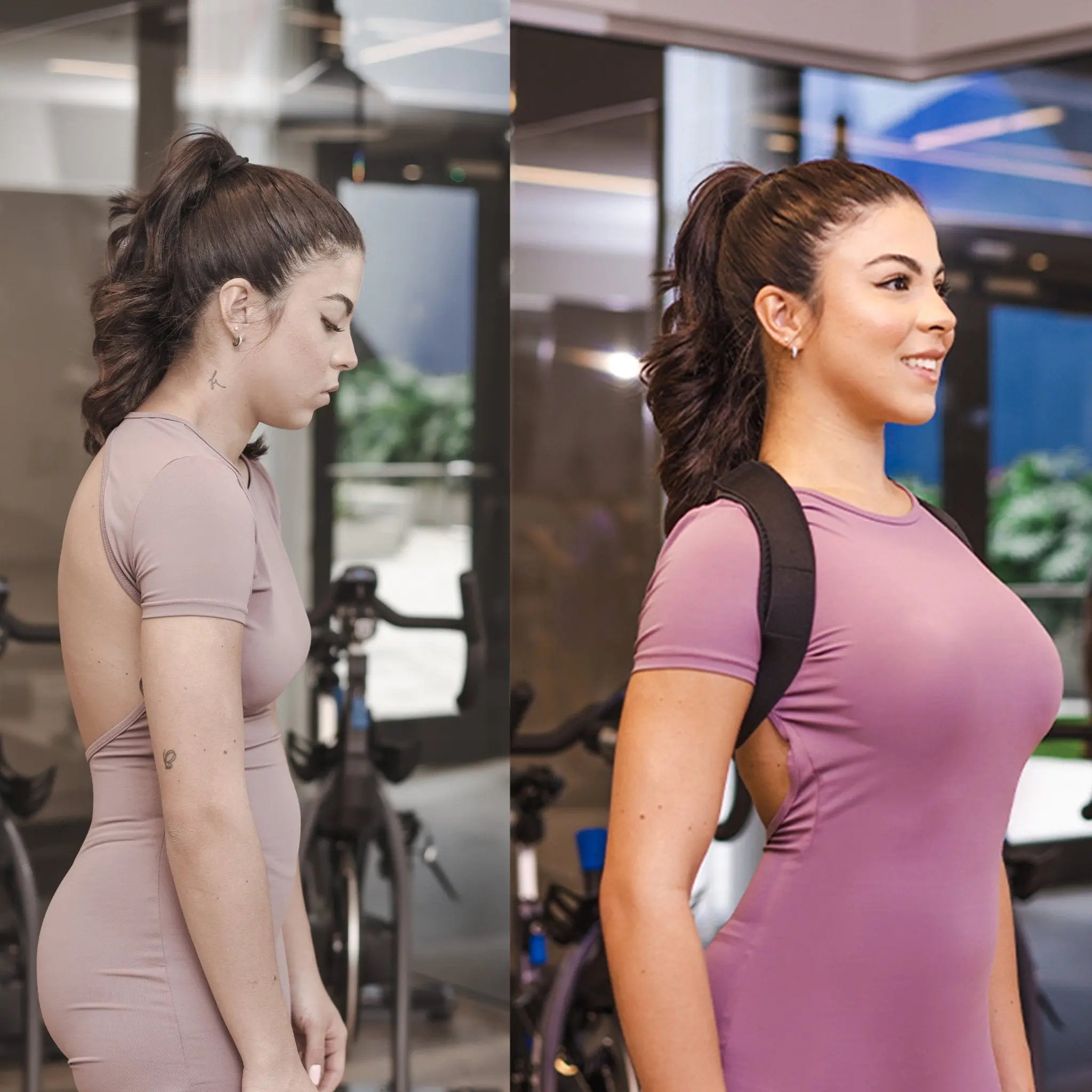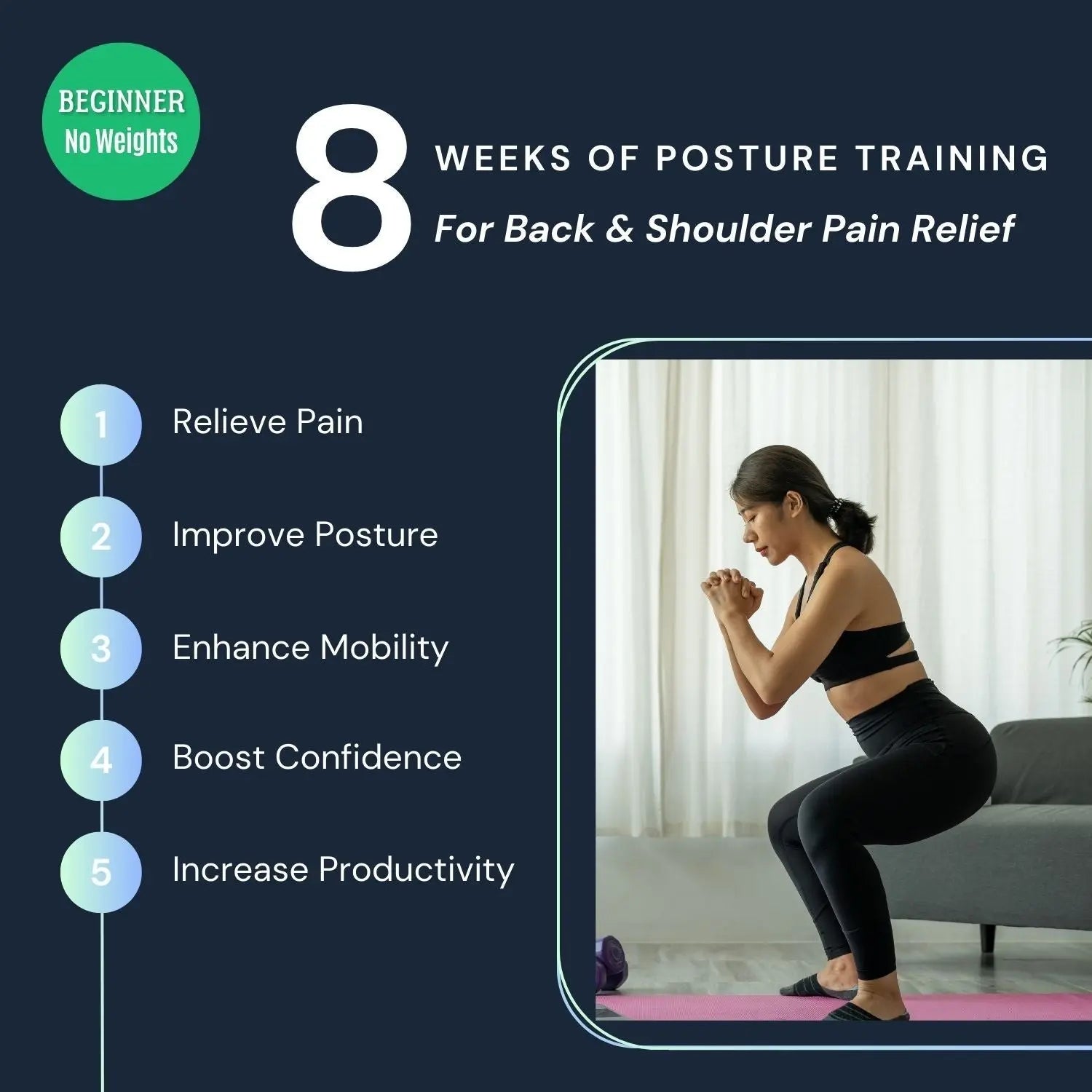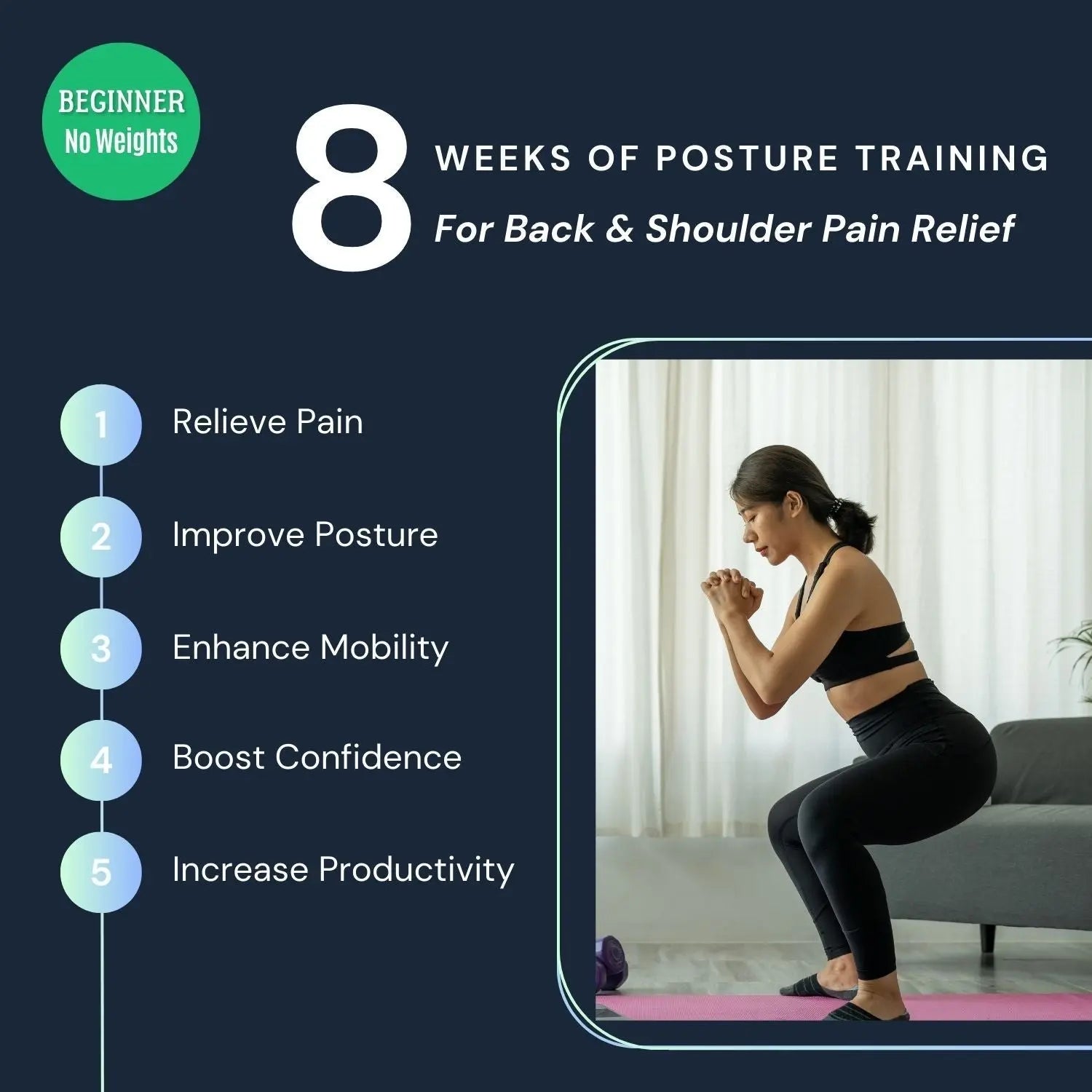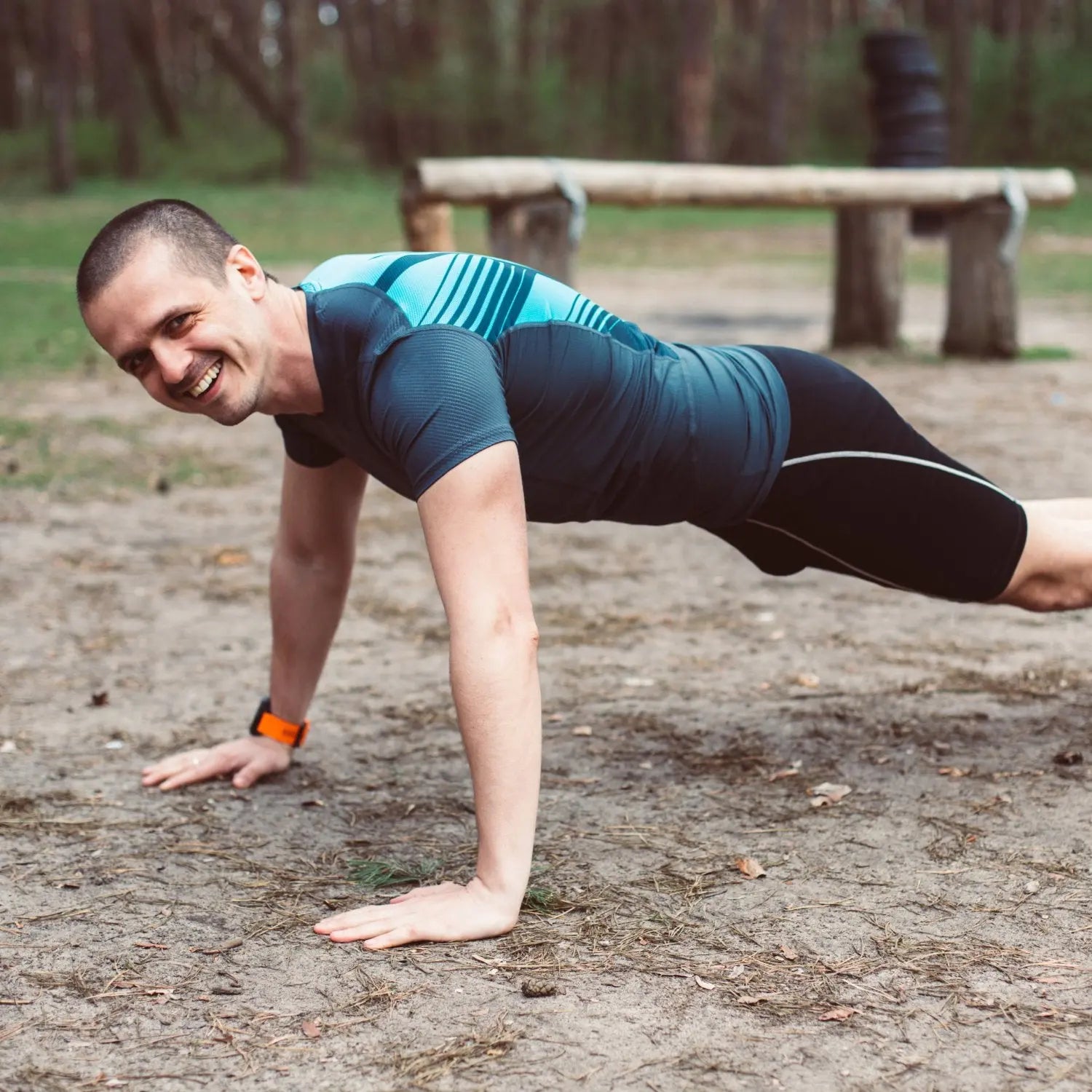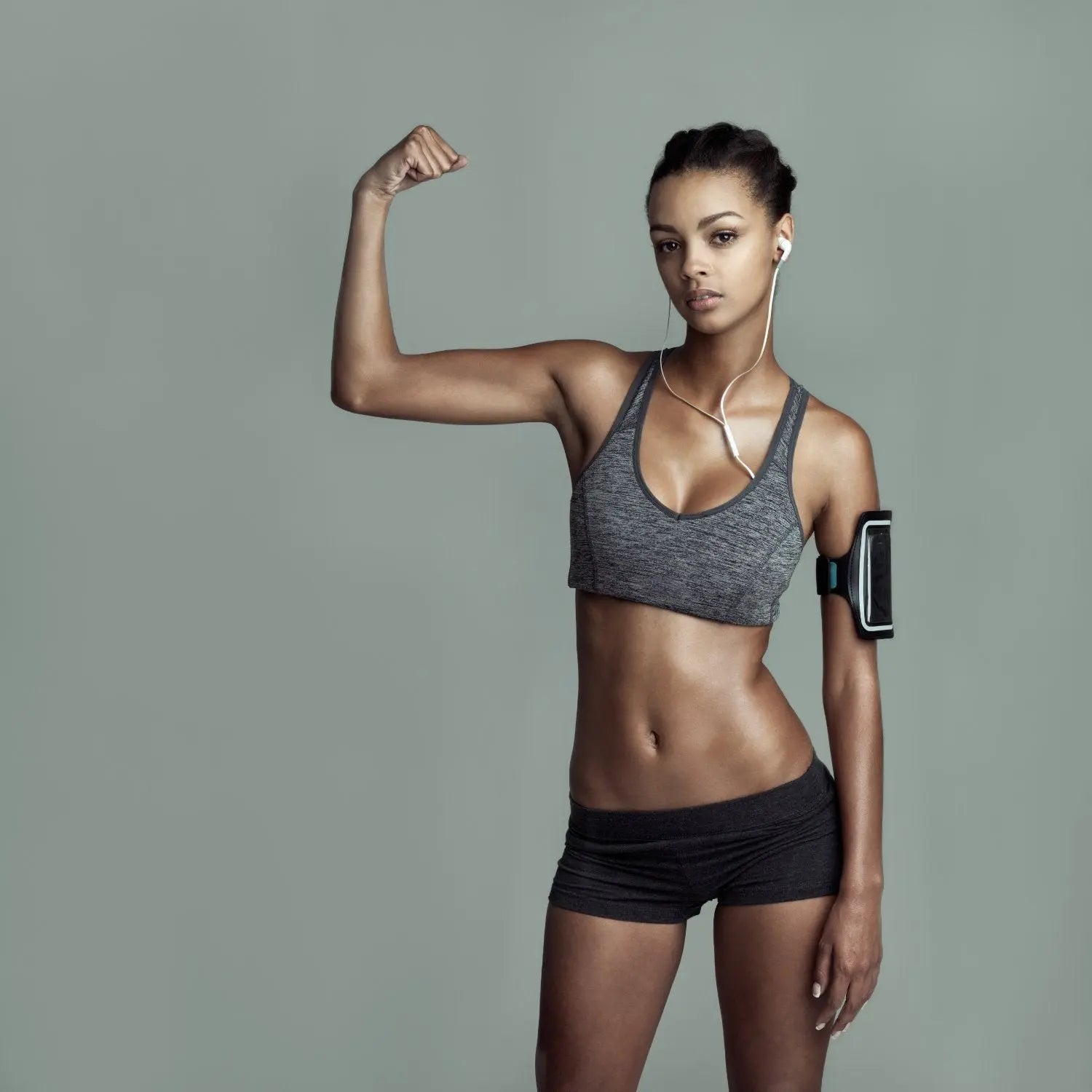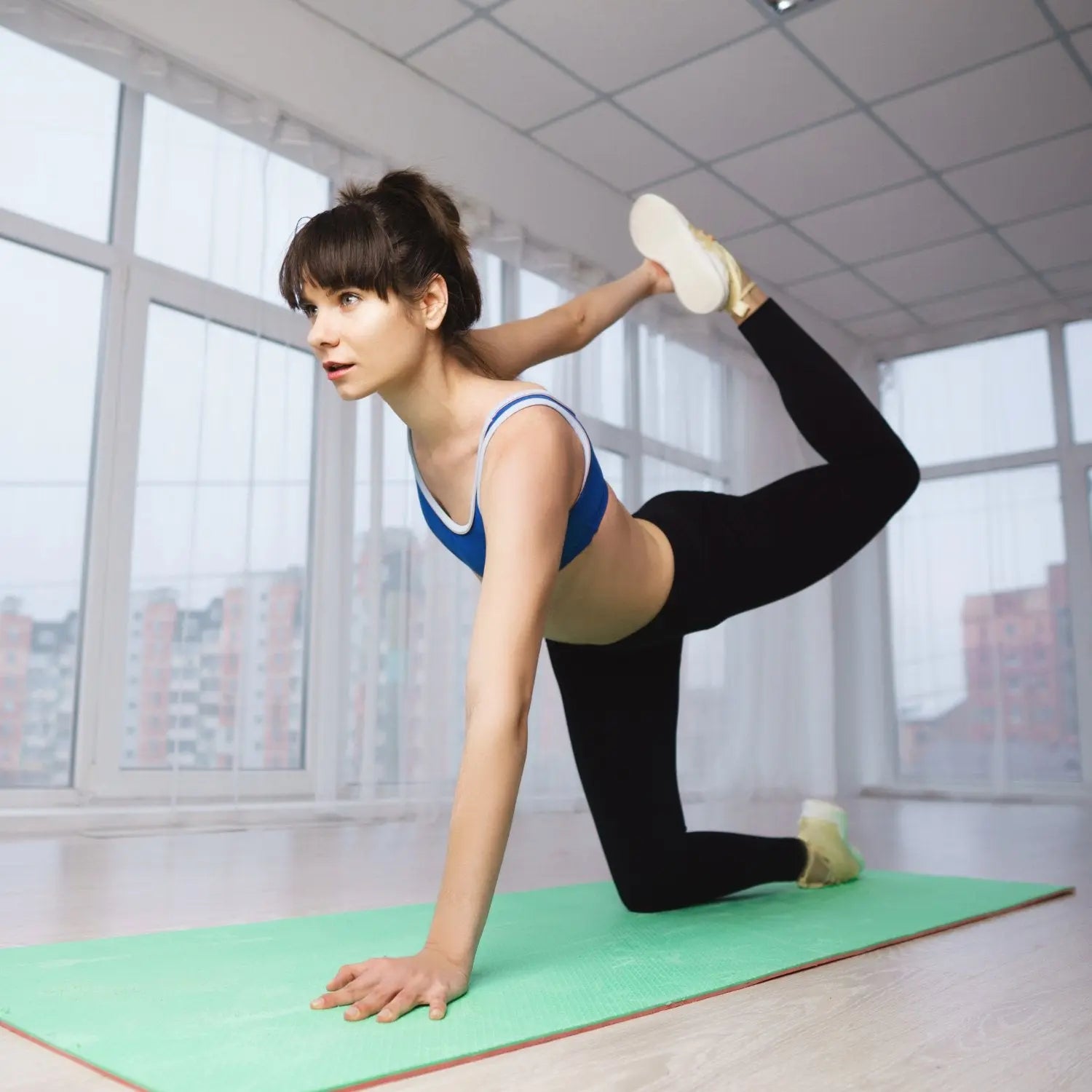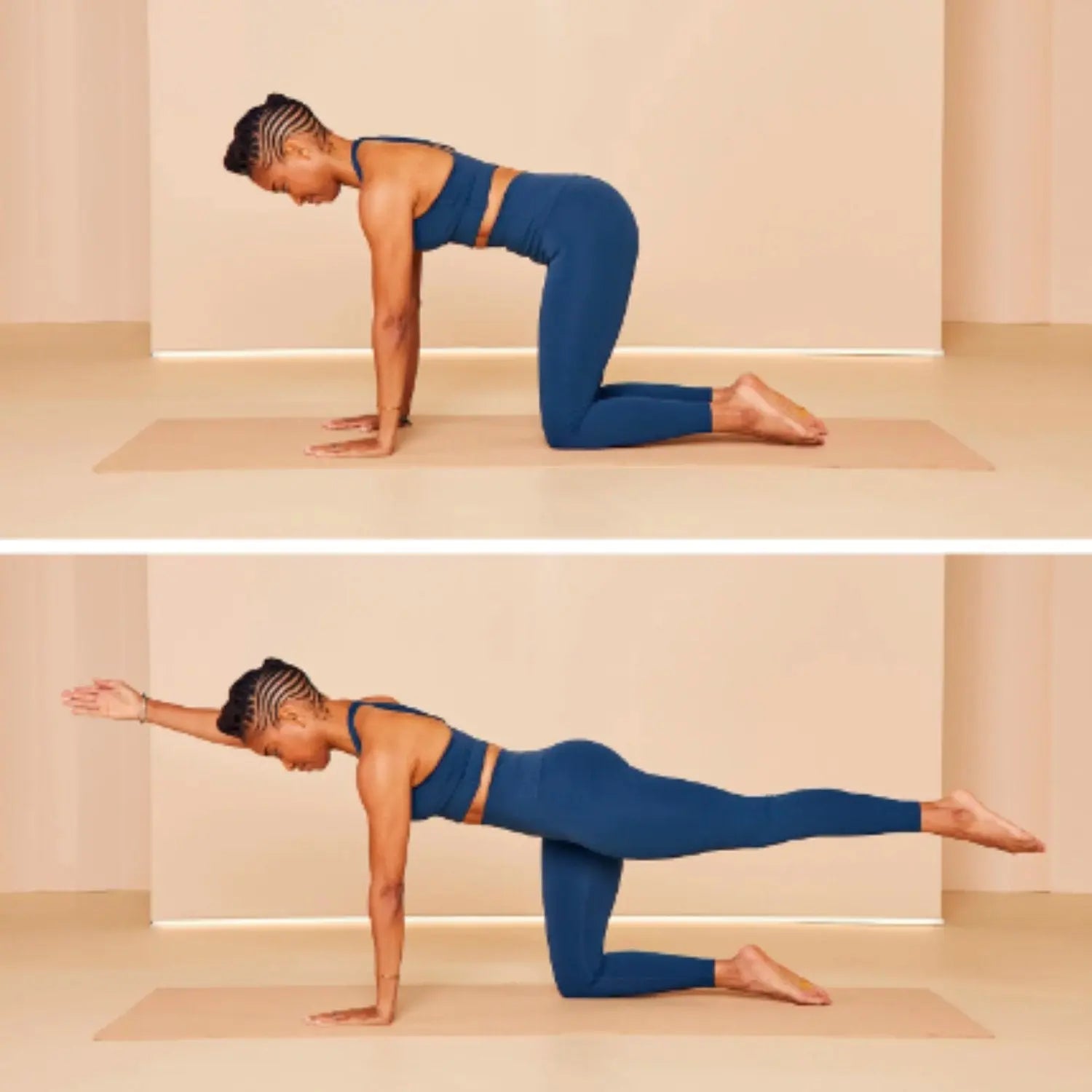Is It Bad To Sit Cross-Legged? The Reality Untangled

It's amazing how it is to sit cross-legged across different eras and different cultures. Folding one's legs over the other is a common way of rest, prayer, and relaxation. Sitting cross-legged on tatami carpets is a cultural norm in Japan. It is also a meditation and yoga pose in India.
However, there is controversy about whether it is bad or good. It depends on different things. You must be with us if you want to clear up your confusion.
We’ll discuss all the benefits, drawbacks, and other facts here. So, stay tuned.
Why Is It Bad To Sit Cross-Legged?

It is commonly believed that several hours of sitting cross-legged can lead to problems with the nerves or blood flow.
Staying in a single pose for a long time can be painful and block blood flow. Sometimes, cross-legged sitting seems safe for most people. Being unable to make a difference between benefits and risks may lead to mistakes.
The general belief is that this normal, cross-cultural sitting style harms the knees. The effects of cross-legged sitting can vary.
However, it is important because misconceptions about its negative effects can cause people to worry. Sometimes, this can lead to a healthy lifestyle.
5 Debunking the Myths
Many people find that cross-legged is the most relaxing position for them. However, there are some myths about the benefits of this seating style. So, let's break five of these misconceptions:
Myth 1: Sitting cross-legged causes varicose veins
Varicose veins are generally linked to genes or other causes, not by sitting habits. However, they can affect anyone.
"Crossing your legs does not look to increase the risk of getting varicose veins similar to any other position," says Dr. Lori Walter.
Myth 2: Sitting cross-legged leads to poor posture
The fact that there is nothing known as a perfect posture means that cross-legged sitting cannot lead to bad posture.
Sometimes, it hurts to sit in any position, even cross-legged. Sitting cross-legged doesn't harm you forever, even if it hurts now.
Myth 3: Sitting cross-legged restricts blood circulation
Sitting cross-legged does not naturally limit blood flow. Some people feel short-term pain as a result of the pressure of veins.
While some people may go under continual stress, others may benefit from switching positions. It suggests seeing a doctor if the pain lasts over several days.
Myth 4: Sitting cross-legged is uncomfortable and harmful for the knees
To be able to sit cross-legged, you need to have some kind of hip flexibility. The knee isn't actually in a "bad" posture here.
However, flexible hips are necessary to get a knee into its most relaxed position. This is where the benefits of exercise and stretching come.
Myth 5: Sitting cross-legged causes nerve damage
Some folks worry that frequently crossing their legs is bad for their nerves. Sitting for long periods, however, can cause pain.
However, this is only partially true in regards to nerve injury. If you're in discomfort, getting up and moving about can help.
5 Benefits of Sitting Cross-Legged

The health advantages of sitting in a cross-legged position are publicly available. Some people may find it challenging to sit in this position.
For the simple reason that doing so will make you ill. There are health benefits to following this position. This could include the following five points:
1. Improved flexibility and joint mobility
Better hip, knee, and ankle mobility is a common benefit of regular cross-legged sitting. Since long periods of sitting can cause stiffness.
It can lower flexibility and mobility. This is especially helpful for people who spend much time sitting in chairs.
2. Enhanced blood circulation
When seated in a chair, especially with one's legs dangling, blood vessels can be pressed, and blood supply to the legs and feet can decrease.
It has been suggested that sitting cross-legged can reduce this pain. This leads to more blood flowing to both legs and feet.
3. Better digestion and relief from bloating
There's some proof that eating while sitting cross-legged promotes focus. Focusing more on how you eat, digesting your food fully, and eating slowly can improve digestion and lessen your chances of bloating.
4. Engaging core muscles and maintaining a straight spine
When you sit cross-legged, your body naturally takes a more upright position. This can help correct poor posture. The back and core muscles are actively worked, which might lead to a correct posture.
5. Promoting mindfulness and relaxation
This is a standard mindfulness and relaxation sitting posture. It offers a safe and pleasant base, removing possible discomfort so that one can focus on breathing, ideas, or a spiritual topic. This position helps you keep your mind at ease and in its proper place.
Potential Risks and Precautions

Many cultures favor the cross-legged position for relaxation or just lying around. There are health hazards linked with sitting cross-legged for long periods. This position is quite natural for many people. Here are a few things to think about:
1. Discomfort and numbness
Pain and discomfort are common problems among those who sit cross-legged all day. Avoiding severe pain and numbness is done by taking regular pauses.
Changing positions, sitting on cushions, lifting your hips, stretching before you sit, sitting up straight, using supports, breathing mindfully, lessening your sitting time, drinking plenty of water, and paying attention to your body.
2. Pre-existing conditions and contraindications
You should prevent sitting cross-legged if you have knee or hip difficulties, back pain, spider veins, pregnancy, or digestive balance problems.
Depending on the person's health, other options can involve sitting on a chair with enough back support, utilizing cushions, keeping an upright posture, or adopting other positions to reduce pressure in certain places.
3. Importance of posture and alignment
A healthy spine, free from pain and discomfort, better airflow, and working organs result from good posture.
Selecting proper sitting, keeping the spine in a neutral position, taking breaks to exercise and stretch, and raising body awareness are all important factors to consider when sitting for long periods.
4. Taking breaks and changing positions
The bad effects of sitting for long periods are easily skipped by taking short rests and changing positions. Long-term sitting leads to health problems like obesity and heart disease.
Regular rest helps maintain blood flow, lessens muscle pain, and boosts physical activity. Keeping regular physical exercise into a daily routine is necessary for good health.
How To Sit Cross-Legged Safely

Sitting cross-legged is a great way to relax and focus. Maintain your typical good posture and balance, and do some stretching.
Crush your lower back if you have problems maintaining a healthy lumbar curve. Put your weight halfway between your two sit bones. The body's position will be kept in this way.
Maintain a straight posture. Try to extend your arms backward and down. Don't destroy the spine curve. This will affect the body posture. Eventually, the capability will also get better.
Reduce the time at first and gradually increase it so that you remain stiff. With practice and attention to the body's cues, sitting cross-legged can be a comfortable and long-lasting posture for yoga, work, or leisure.
Alternatives To Sitting Cross-Legged
An exercise object or spine-supported chair can help you sit up straighter and have less back pain. To minimize the negative health impacts of sitting for lengthy periods, try using a standing desk or taking frequent standing breaks.
The only advantages of an active lifestyle are greater joint mobility and robust muscle tone. Flexibility in the neck area, arms, spine, and hips can be increased by specific stretching exercises that help promote ergonomic health.
Taking any of these measures may lessen inactivity's harmful impacts.
Frequently Asked Questions (FAQs)
How do I stop cross legged sitting?
If you tend to cross-legged sitting frequently, you can take several breaks in between. Besides, make sure to provide good support under your feet with a footrest to prevent sitting like this.
Who can't sit cross legged?
If you have a lack of flexibility, strength, and balance, you might struggle to sit with a crossed leg. You need to have proper joint flexibility to sit in this position.
Is sitting cross legged bad for hips?
Prolonged sitting with cross-legs can introduce you to hip pain and even misalignment.
This position puts extra strain on your hip muscles and lower back. Thus, slowly, if you do so frequently, you will face severe discomfort.
Do boys sit cross-legged?
There are no gender specifics in terms of your sitting position. It depends on everyone’s preference. So, boys can surely sit with crossed legs.
Bottom Line
To sit cross-legged is not always risky. However, it may result in short-term increases in blood pressure and slouching. You shouldn't always have your legs crossed, but you want to keep your legs flat on the floor.
Other issues, such as idleness and extra weight, will probably raise many dangers of crossing your legs. Avoid long periods of idleness and do regular exercises.
However how you sit, though, it's important to switch up your position often and get up and move around if possible. And the person sitting beside you will enjoy it because you won't need as much space as the man-spreaders.






















